0 Comments
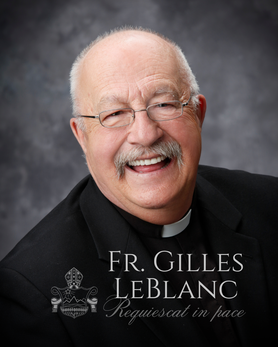 Funeral Mass of Fr. Gilles LeBlanc was celebrated on Saturday, May 6, 2023 at Sacred Heart Church in Calgary followed by a graveside service at St. Mary’s Cemetery. Father Gilles LeBlanc was born on May 18, 1949, in Bouctouche, New Brunswick. He is pre-deceased by his parents Frederick and Suzanne LeBlanc and his brother Paul LeBlanc. He is survived by his siblings: Andrea Acherly, Ronald LaBlanc, Gladys Bordage, John LaBlanc, Reggie LeBlanc. He was ordained a priest in 1985. He passed away peacefully on May 2, 2023 at Providence Care Centre. Visit the obituary page at https://www.evanjstrong.com/obituary/FrGilles-LeBlanc Fr. Gilles LeBlanc's Pastoral Assignments Father Gilles LeBlanc was ordained a priest on April 26, 1985, at St. Mary’s Cathedral by Bishop Paul J. O'Byrne. Fr. LeBlanc began his pastoral assignments as an Assistant Pastor at St. John’s, Calgary, in June 1985, followed by St. Mark’s in Calgary in August 1985, serving until 1987. He then served as an Assistant Pastor at St. Ann's in Blairmore from July 1987 to 1988. In 1989, he accepted a pastoral assignment as Pastor of St. Andrew’s, Vulcan, Champion, and Carmangay, where he served for two years. Later in his ministry, Fr. LeBlanc was assigned at St. Anthony’s in Calgary from 2006 until July 2008. His last pastoral assignment was at St. Patrick’s in Medicine Hat from August 2008 until his retirement in June 2010.
Please join us in remembering Fr. Gilles by viewing these beautiful photos of his funeral mass, captured by Victor Panlilio. Let us all pray for his eternal rest and the souls of all the faithful departed, and may they find peace in the loving mercy of God. Photos courtesy of Victor Panlilio | See all photos here
Bishop McGrattan's homily at the Memorial Liturgy for those grieving the loss of a child through miscarriage and stillbirth, November 24, 2022 at St. Mary's Cathedral. In the communal life of the Church the witness of faith and belief in Christ is always confirmed in the following – “Faith if it is genuine works through love”. Another way of stating this truth is that in the Christian life our faith is to be expressed through acts of love. This evening those families who have gathered, parents, grandparents, and children are united in the painful reality that they have suffered the loss of a child through miscarriage or stillbirth. Despite this pain and grief which is shared by those here present they also witness to a communal act of love in the remembering of their children in prayer. This is also a genuine witness of faith to the sanctity of life. That all human life from conception to natural death is a gift from God who is the Creator. He is the author of all life and in Christ we come to know and believe that through his death and resurrection we receive the gift of eternal life from God the Father. This is the hope that must also unite us in the prayer of this memorial liturgy. In the Old Testament, the remembering in prayer of God’s salvific presence in the midst of his people was always an act of “anamnesis”. It is a spiritual remembering and an act of faith in which they experienced the very presence of God’s love. In the First Letter of John this evening we heard the sacred author reminding the early Christians of this same truth. “See what love the Father has given us, that we should be called children of God; and that is what we are”. Other translations of this passage replace “See” with “Remember”. This evening we remember the love that the Father has given these parents through marriage. A love in which He invites husband and wife to share in His “co-creative love”, to express mutual love for each other and to be open to bringing new life, children into the world. 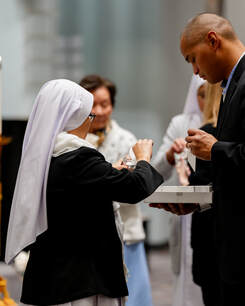 This vigil celebration of prayer for those children who did not receive the gift of being born into a family are still known by God as his children, like us. Although you as parents did not receive the joy of knowing your children you do share the anguish, sorrow and despair of their loss. However, in the faith that we share in being disciples of Christ, the suffering we experience now will always be transformed by Christ and that “what we do know is this: when he is revealed, we will be like him, for we will see him as he is”. This is the hope that we pray will sustain us as it did the early Christians. In the Beatitudes Jesus teaches his disciples that despite the present circumstance of their life the future they desire will become one of blessing and happiness if they maintain their faith in Him. This is the faith that allows one to trust that the fullness of our life is revealed in Christ. This would have been the desire and the faith of these parents for the children that they have lost. To be baptized into the fullness of the life of Christ. At the conclusion of this liturgy we incorporate the sign of light, in the lighting of a candle. Light symbolized the dispelling of darkness, and spiritually it overshadows for believers the sadness of death. The light of the paschal candle for Christians symbolizes the eternal light of the resurrection of Christ. As you come forward to light the candles for your children and their names are proclaimed, you are uniting yourselves in this communal act of love in remembering the children you mourn, but also it is a sign of your genuine faith and belief in the resurrection of Christ for your children. We who gather support you in the loss of your children, but in faith and through our prayers, we pray that they now share in the eternal life of Christ and God the Father.
The painful truth is that I never knew my grandfather, at least in any way that a grandchild should. My grandfather went overseas to fight in the first world war, full of pride. But he returned, like so many other young men, broken in spirit. In the years after his marriage to my grandmother, life afforded him little opportunity beyond labour as a brick layer. He tried to be a man of faith, but with every bottle he drank, his sense of worth diminished. When his body finally became too tired to work, his waning years disappeared before the television screen, his mind consumed by his addiction. Whatever mercy he asked for in his final days, there is no doubt he carried tremendous pain to the grave. How many of us carry the memories of those whose stories leave us with no tale of redemption, no dramatic moment of grace to close the curtain of life, no bright ray of hope shining on their horizon. We are left sorting through the broken dreams and fractured relationships to find a goodness we can hold up, something to tell us this life meant something. During the month of November, the Church encourages the faithful to spend 30 days praying for the dead. Pope Francis has said: “Church tradition has always urged prayer for the dead, in particular by offering the celebration of the Eucharist for them: It is the best spiritual help that we can give to their souls, particularly to the most abandoned ones.” It is in the words of his predecessor, Benedict XVI, where I find great hope in the gift of purgatory, the time when God purifies those souls who long to know the peace of His eternal presence, but still carry the scars and sin of this life on earth. Benedict XVI offers these words for us: Purgatory basically means that God can put the pieces back together again. That he can cleanse us in such a way that we are able to be with him and can stand there in the fullness of life. Purgatory strips off from one person what is unbearable and from another the inability to bear certain things, so that in each of them a pure heart is revealed, and we can see that we all belong together in one enormous symphony of being.” My grandfather lost a part of his soul on the battlefields. In this month to come, I will be praying that God, even now, is putting the pieces back together again, through His holy fire cleansing and making my grandfather whole in spirit, so he can at last rest eternally at peace in the presence of our Holy God. And for my own penance, for the times I have walked by the broken and depressed, and have not thought to share the hope found in Christ’s redemption, I will give alms this month in support of veterans who are still living through the trauma of war for the sake of my freedom. Have mercy on us all, O Lord, and lead us safely Home. Written by Lance Dixon, Director of Campus Ministry at St. Mary's University
“You do not have to be Catholic to be interred here, but most are,” says Deacon Paul Kennedy, who manages the columbaria at Sacred Heart. Kennedy knows that many Catholics are uncertain about what the Church teaches about cremation. And that’s why he takes his job so seriously. Kennedy knows what the Church teaches. He is also convinced that many who visit Sacred Heart’s columbaria will leave with a new understanding of why a growing number of Catholics will choose cremation—and a columbarium—in the years to come. Catholic teaching According to information from the Canadian Conference of Catholic Bishops, the Roman Catholic church lifted its prohibition against cremation in 1963. Twenty years later, the option was coded in canon law. Over time, Christian Funeral Rites were altered to set the parameters for when cremation can take place before a Funeral Liturgy. The rites detail where cremated remains are placed during the Funeral Liturgy (never on or immediately in front of the altar). They also spell out the need for all of the cremains to be placed in a secure vessel. Fr. Edmund Vargas, a former pastor at Sacred Heart, first talked to Kennedy about establishing a columbarium in 2005. When the first of the 3,000 niches went on sale about five years later, the church-based facility was one of the first—and possibly the first—in Canada. Then-Bishop Fred Henry blessed the first columbarium at Sacred Heart on May 13, 2011, with the first interment that same month. The second columbarium opened in 2013. Accessible by elevator and stairs, visitors enter the columbaria through a locked door. Mourners receive a punch key code that allows them to visit the indoor space 364 days of the year. “The only day we are closed is Boxing Day. I know some people come here every day to spend time with their memories,” notes Kennedy. “On the second Saturday of each month, we also host a special memorial service in the church. Those are always well-attended, and many people visit the columbaria after that mass.” A sacred space The hallways inside the columbaria are adorned with 13 stained-glass windows. Purchased from a Catholic church in Buffalo, New York, the 150-year-old windows were painstakingly restored and framed. “We’ve backlit the windows, and the effect is beautiful. Visitors feel like they are walking past actual windows. You lose any sense that you are in a basement,” explains Kennedy. Once inside, visitors can rest on comfortable benches upholstered in an elegant shade of burgundy. Recessed ceiling lights contribute to the calming hue of the muted-yellow walls and ceilings. A lack of adornment inside the columbaria keeps eyes drawn to the niches. “Father Edmund chose very meaningful names for the columbaria,” adds Kennedy. The first columbarium is called the Holy Land, and its sections are named after Holy Land locales, like Bethlehem and Mount Herman. The Galilee section includes smaller areas named Grace, Hope, Joy, Peace and Serenity. A special section in the Serenity area holds the cremains of stillborn babies and others who died soon after birth. Most of the niches in the Holy Land are single niches, “but people can reserve two single niches, side-by-side, as long as they are available,” says Kennedy. The second columbarium, with more niches designed for two or four urns, is named Holy See. Each of its sections references a Holy See location. Again, families can purchase several niches in an area. Learn more People interested in touring the columbaria can reach out to Kennedy at Sacred Heart. He’s also available to speak with groups, including parish-based groups like the Knights of Columbus and Catholic Women’s League. Those interested will receive an Estate Planning Guide from a Catholic Perspective. “People have a lot of questions, and I’m here to answer them,” says Kennedy, who’s already secured a Sacred Heart niche for he and his wife. While he’s learned not to guess what questions people will bring to their first conversations about the columbaria, Kennedy’s accustomed to how the meetings end. “There is comfort in knowing what will happen after you die. After people choose a niche, their response is typically the same. They tell me, ‘I feel relieved.’”
One of the humbling privileges of serving as the vocation director of our diocese is coming into contact with young men who sincerely desire to give their lives to our Lord and the service of His Church. I would like to briefly share with you the impact one such of those young men has had upon me in the last year and a half.
You may recognize the young man in the photograph as the one who presented the oil to be blessed as Oil of the Sick only two weeks ago at the Mass of Chrism. He and I first came into contact over Skype while he was still serving on a NET Ireland team. He had been diagnosed with cancer there which threw a wrench in his plan to return home at the end of his missionary year with the hope to enter the seminary for our diocese. His doctors were confident that he would recover there and return home well. That never turned out to be the case, and although he did make it back to Canada, he went through a roller coaster ride of sickness and health. His longing for the priesthood never wavered but at the beginning of April, when his doctors prognosticated that he would have only three months to a year left to live, he resigned himself to the fact he would never be ordained. Nevertheless, I asked him to consider himself my "assistant vocation director", wherein he would unite his sufferings to the Cross of our Lord for the intention of many and holy vocations to the priesthood for our diocese. He was unwaveringly committed to this spiritual work. Being present at our Chrism Mass was an opportunity for him to feel a share in our presbyterate. Much sooner than expected, our assistant vocation director, Ted Andrew, peacefully passed from this life in the early hours of an Easter Octave morning, April 25, with his loving parents by his side. He will be laid to rest in his hometown of Youngstown following the funeral Mass at Sacred Heart in Oyen on Tuesday, April 30. Please join me in offering your prayers and Masses for this spiritual brother of ours, that His Father will look upon him with mercy, and in His goodness, favourably hear his prayers for the growth of our presbyterate.
Presentation of the Oil of the Sick at the Chrism Mass (April 15, 2019).
Written by Fr. Cristino Bouvette, Director of Vocations
|
Author
Catholic Pastoral Centre Staff and Guest Writers Archives
July 2024
Categories
All
|
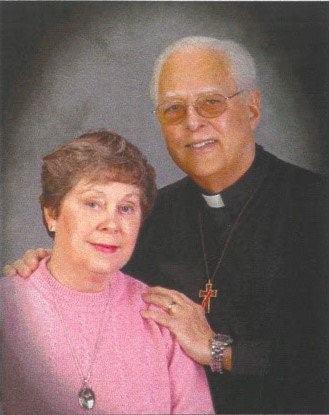
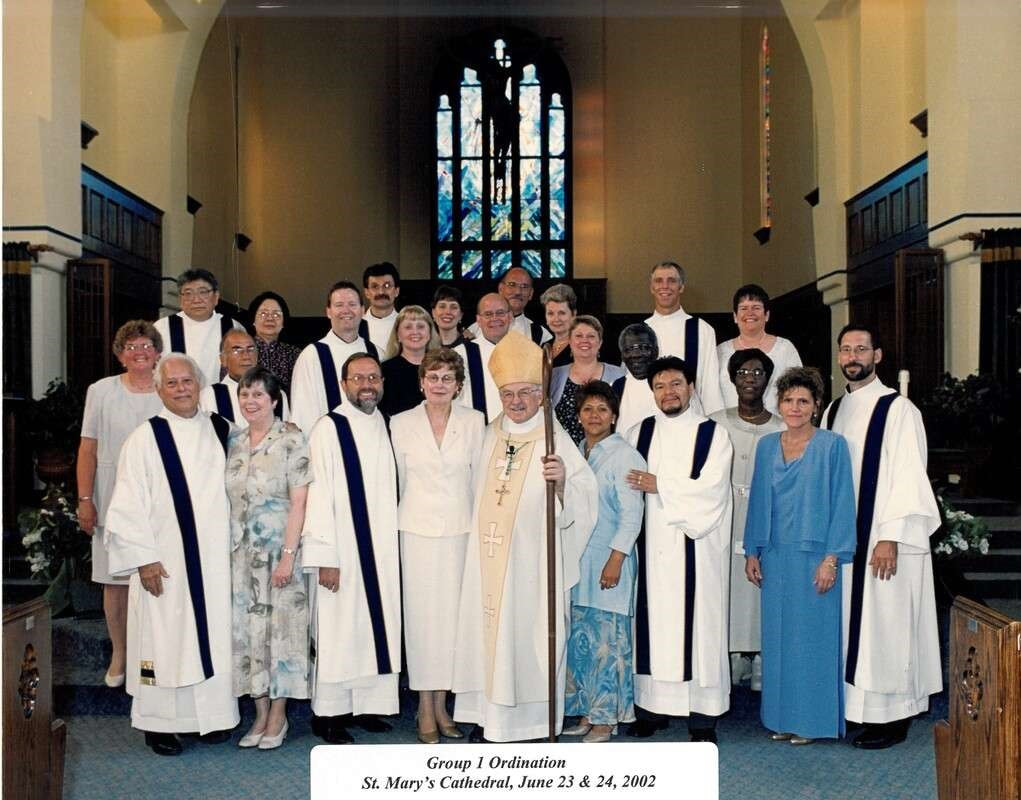
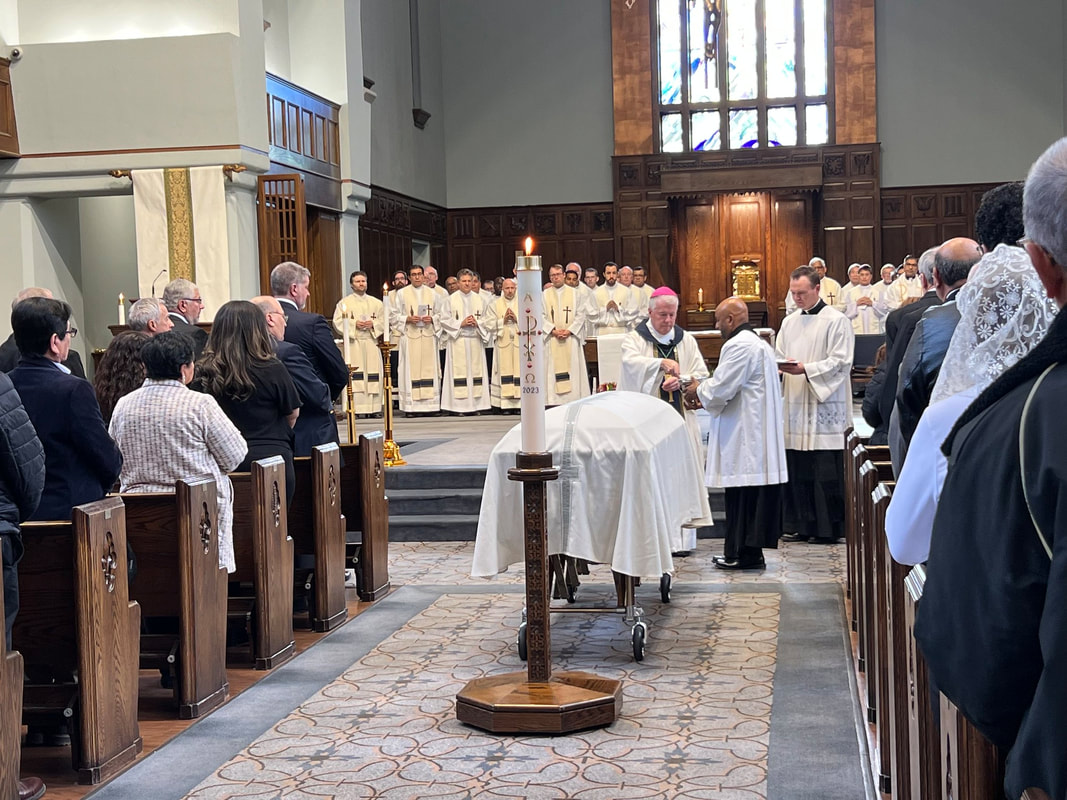
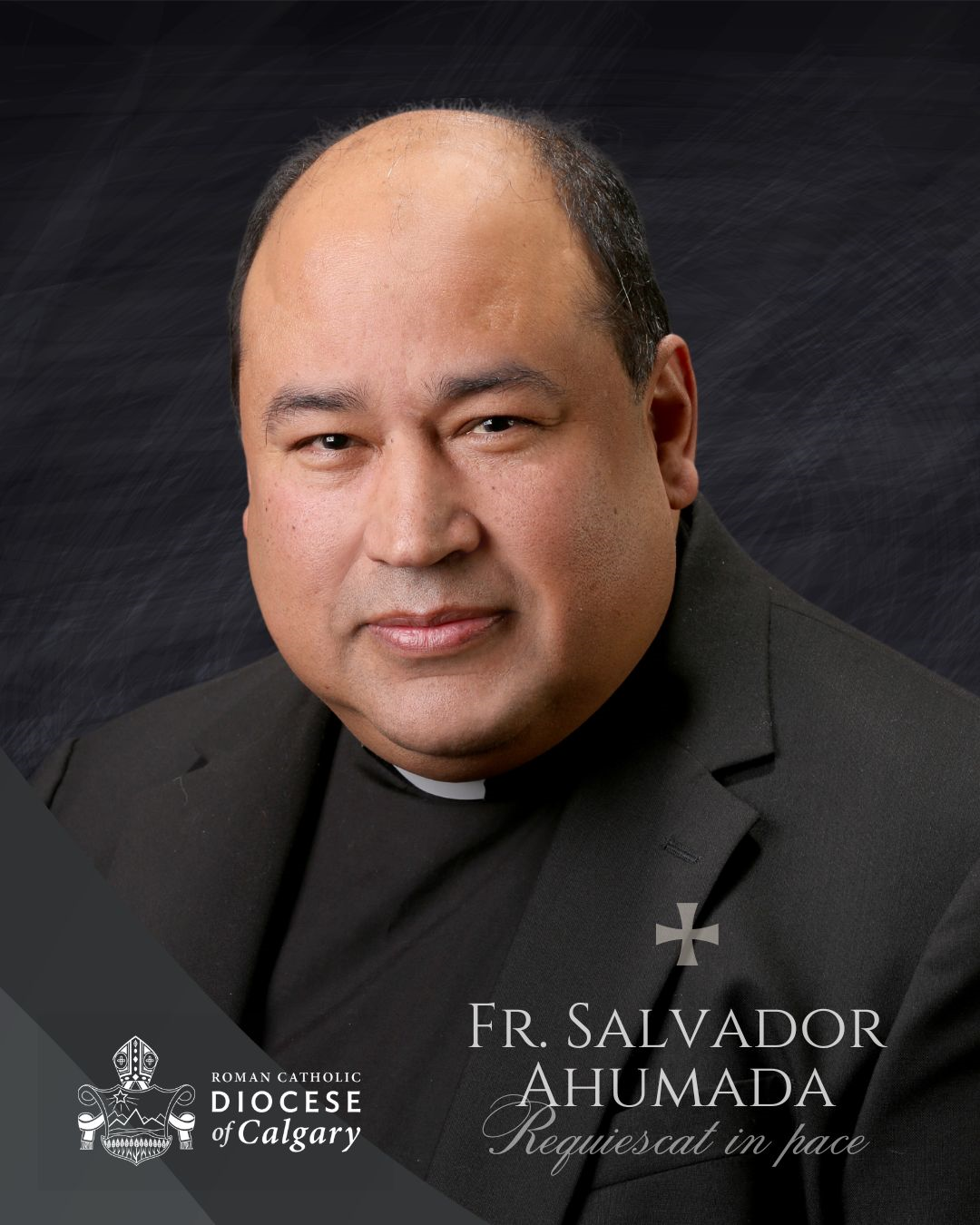
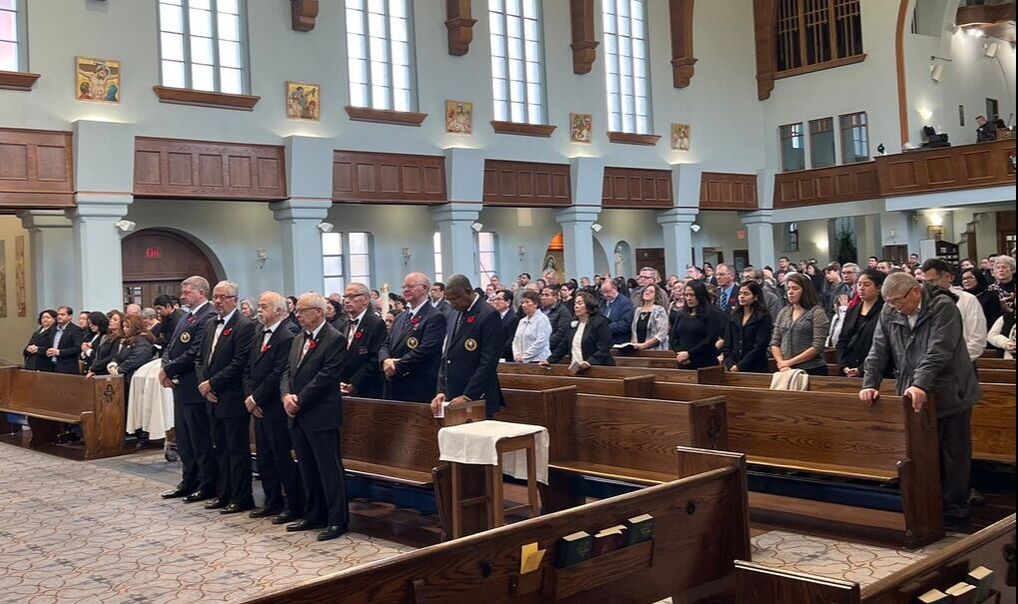
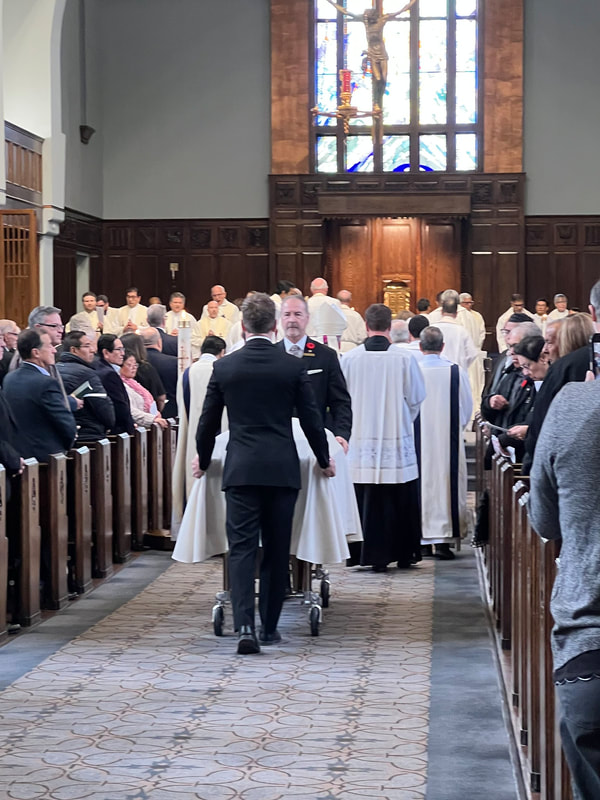
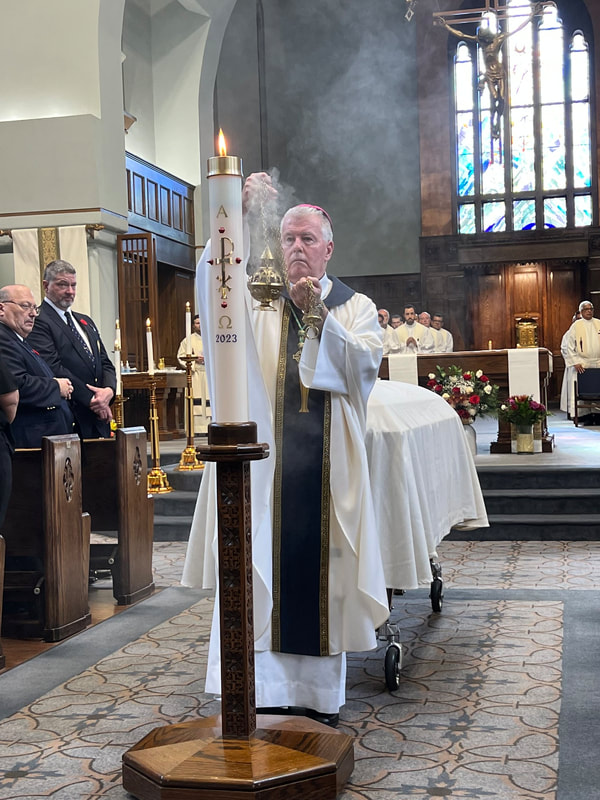
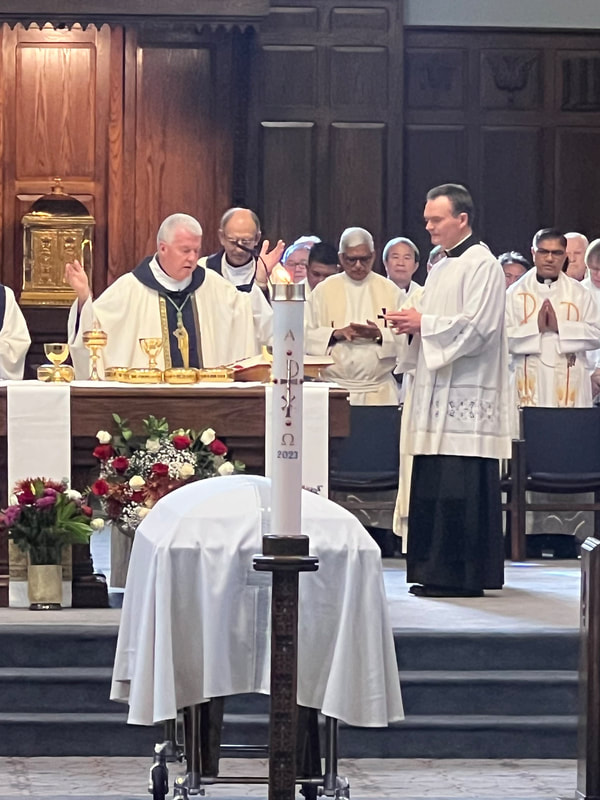
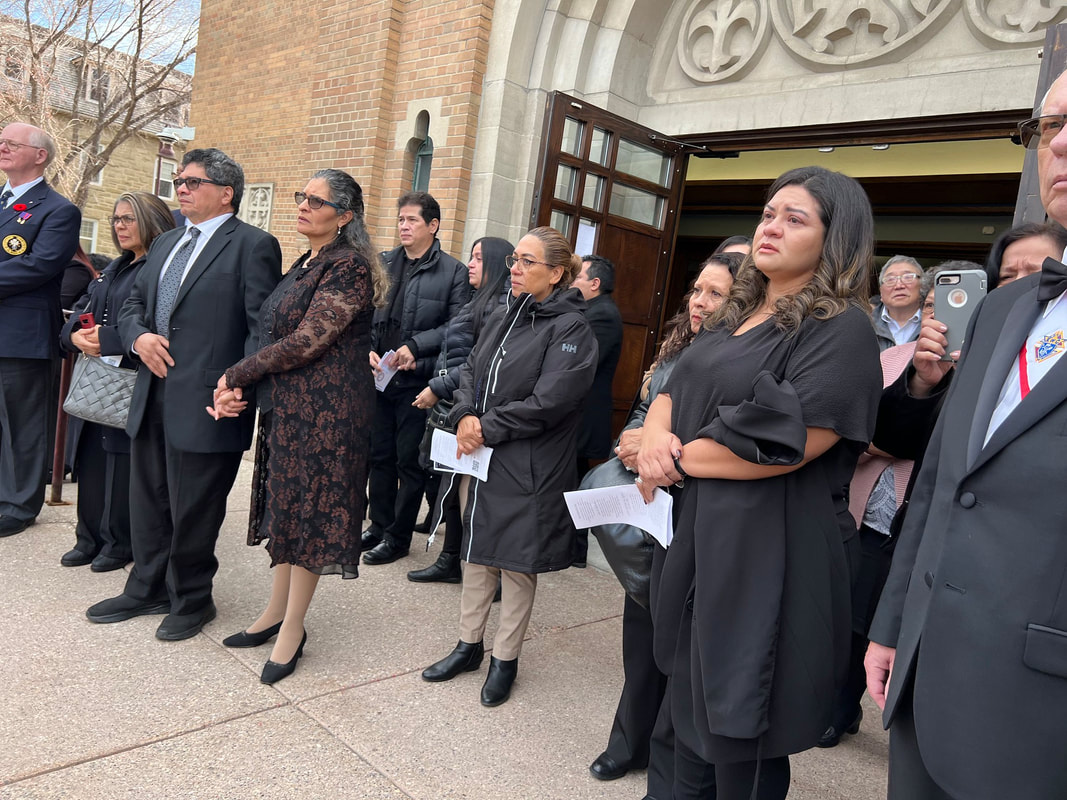
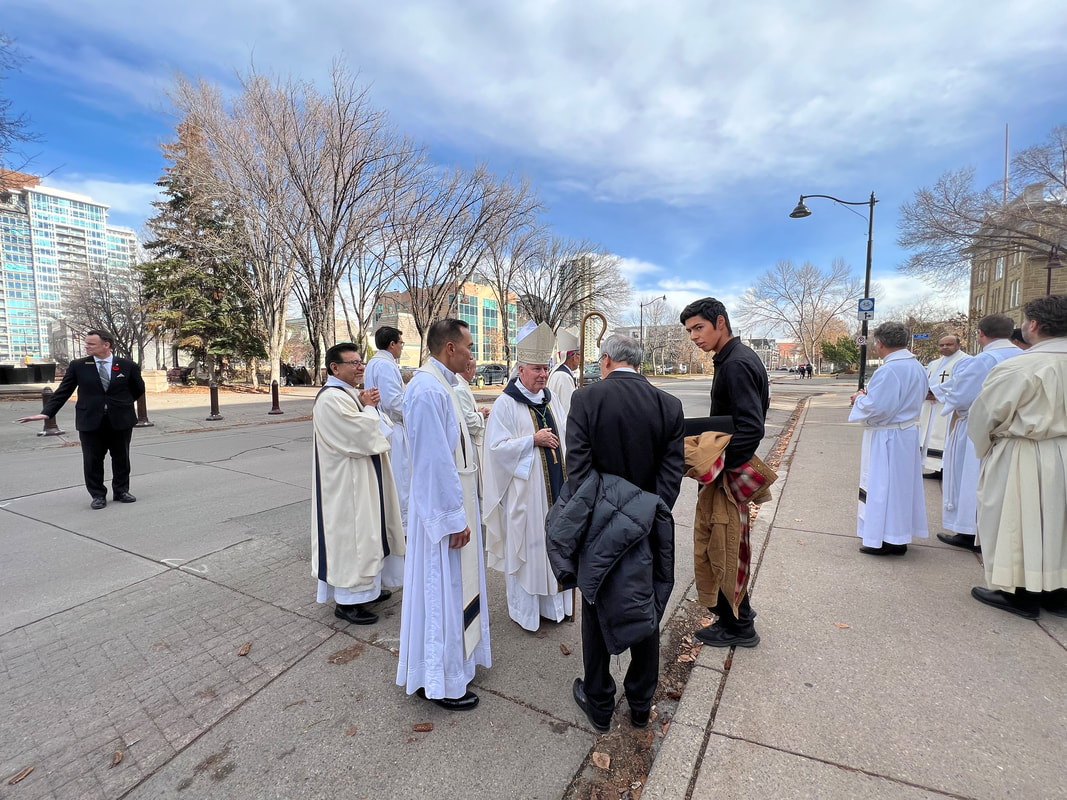
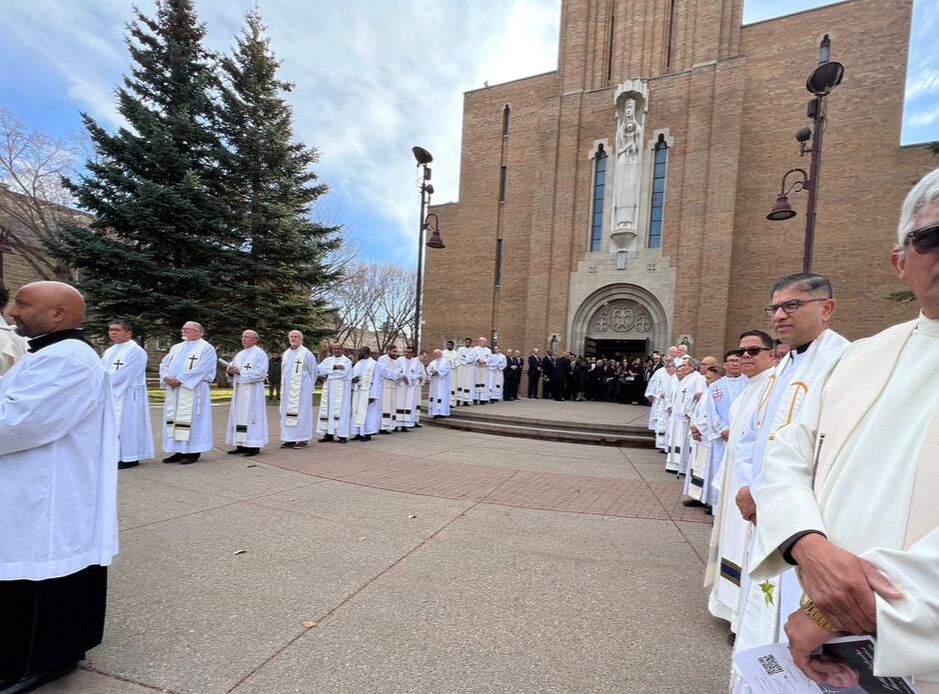
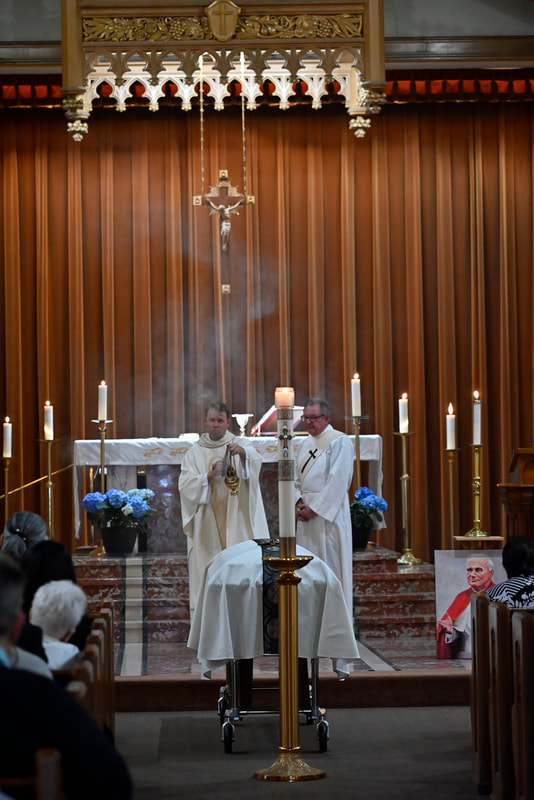
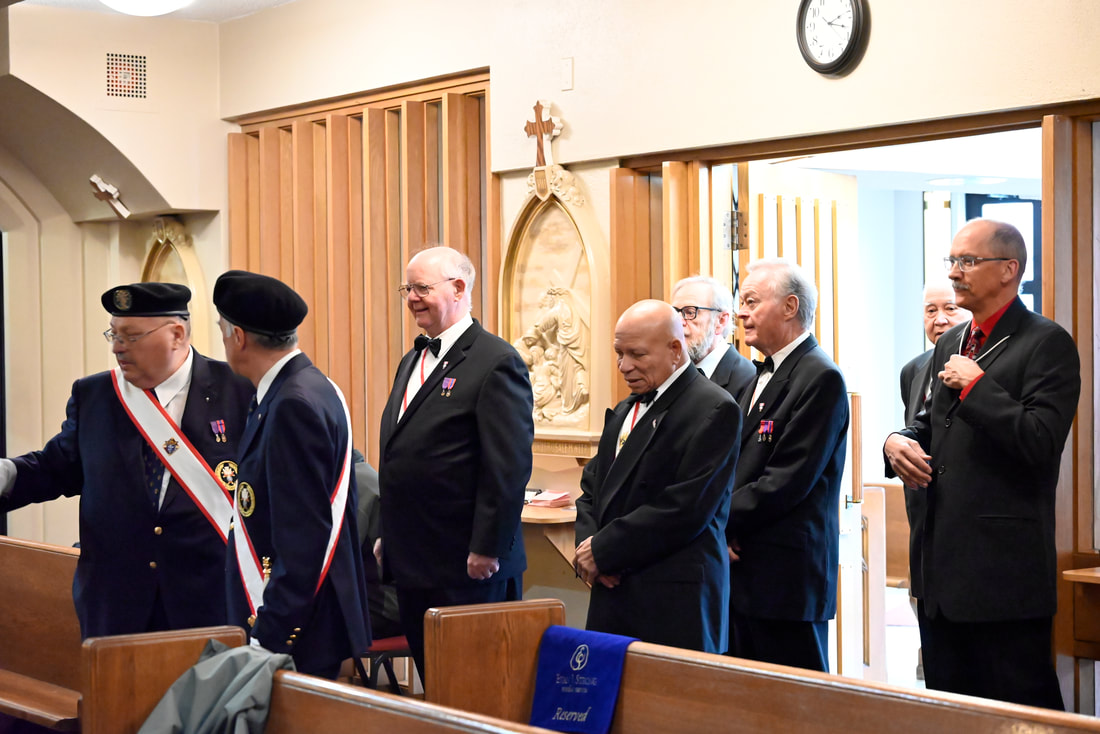
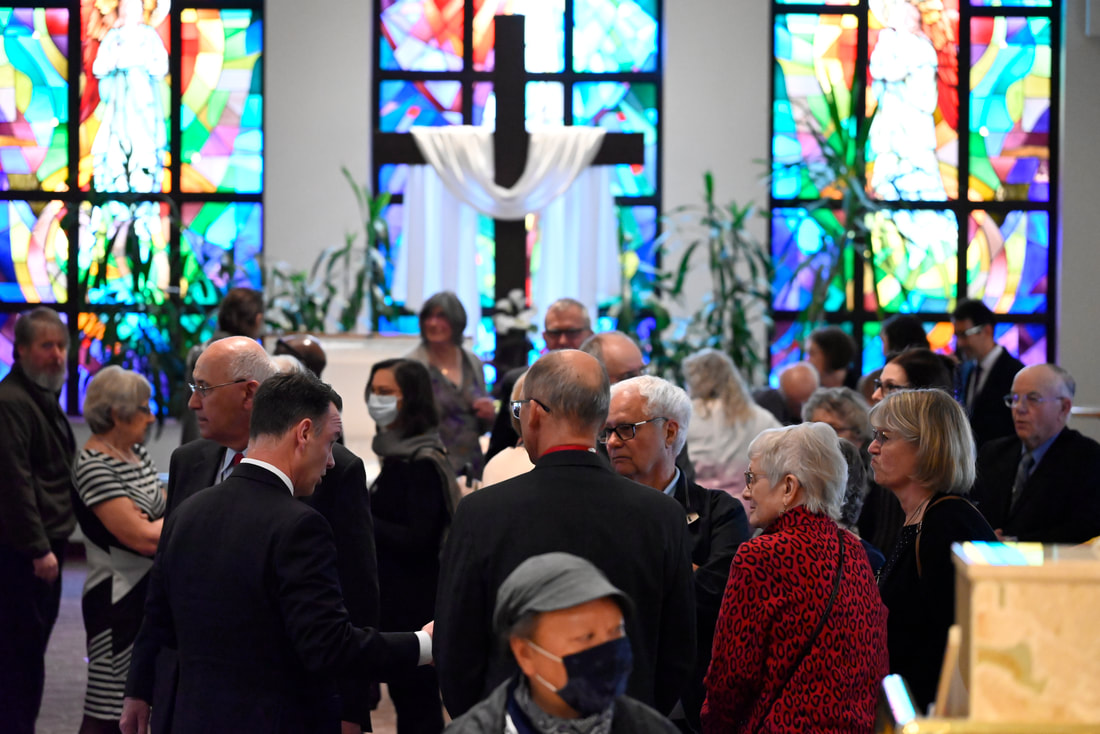
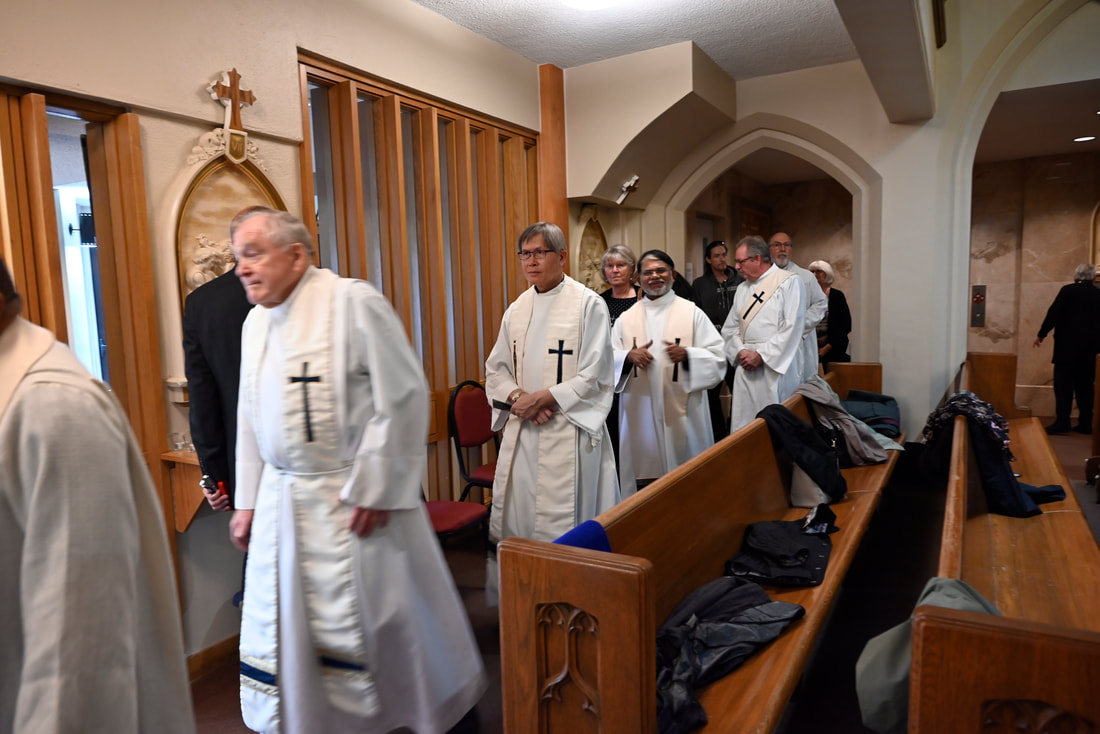
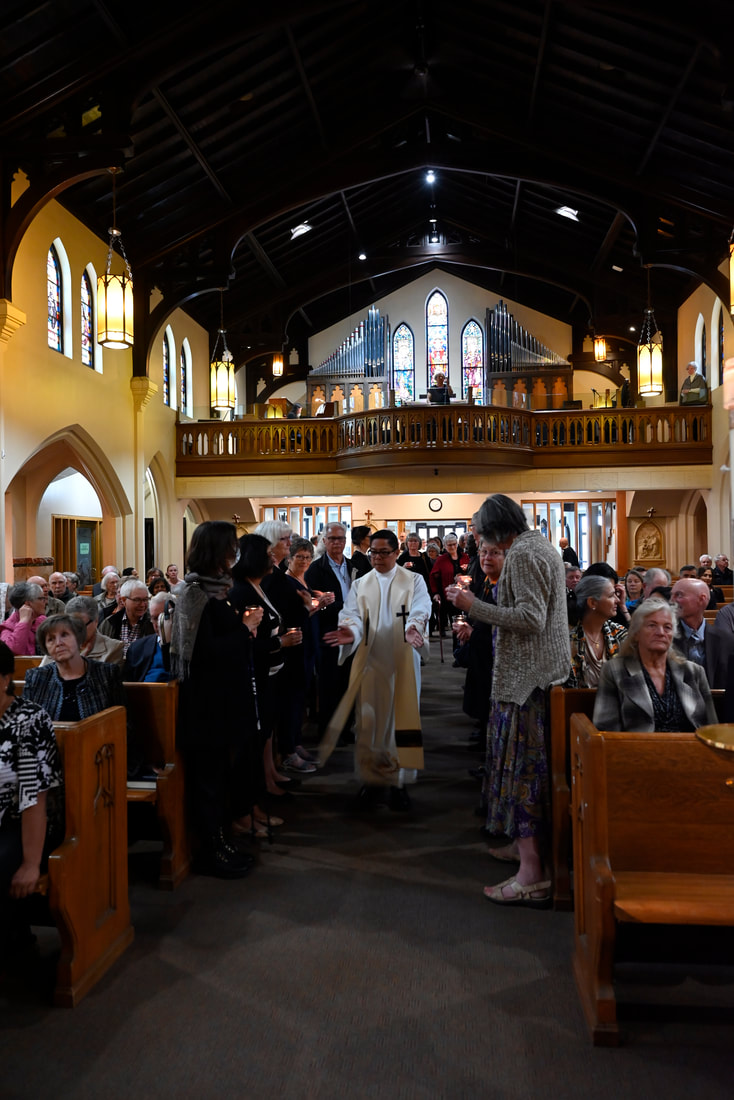
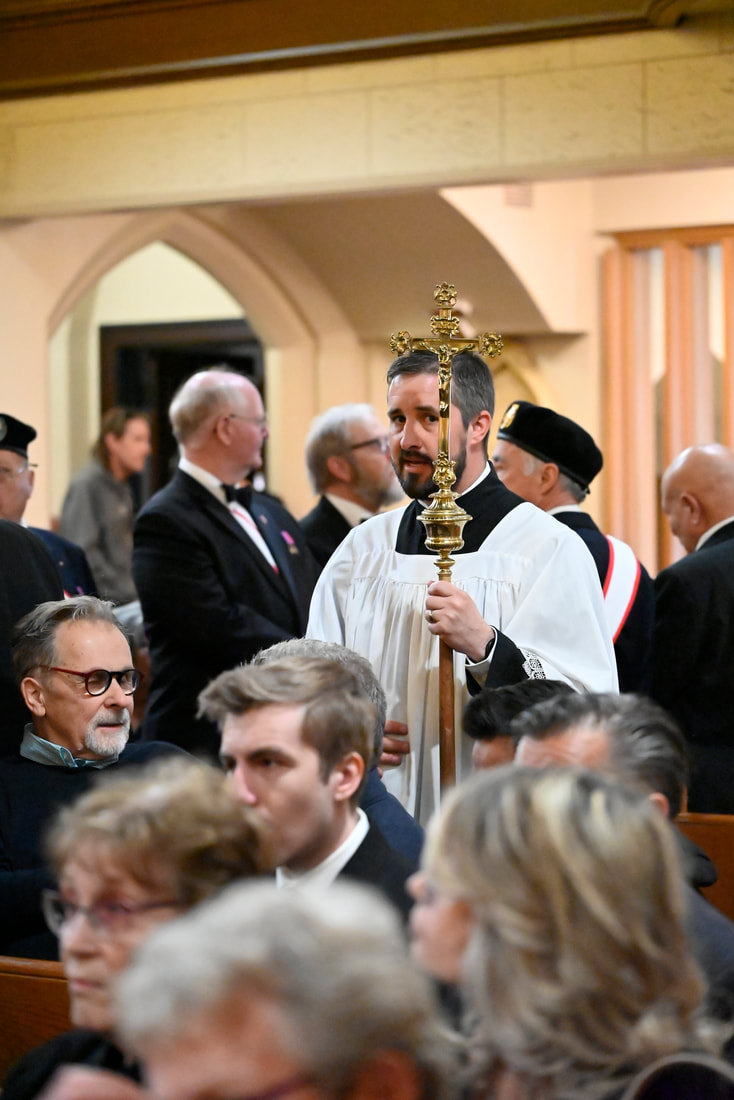
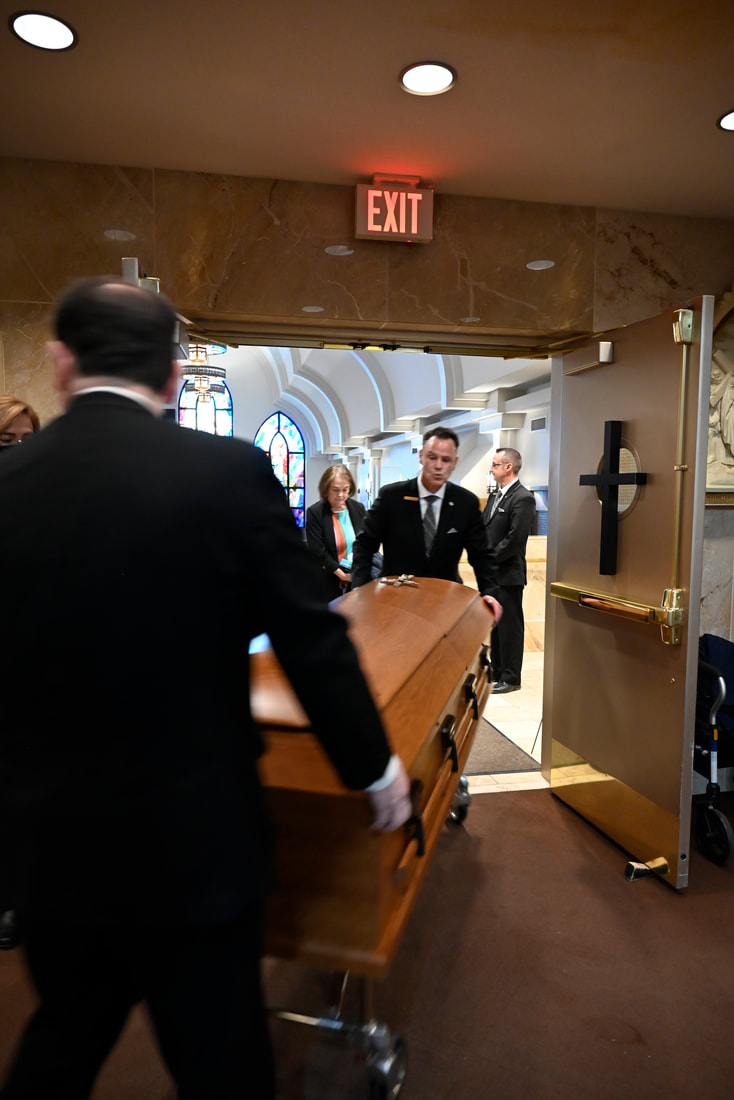
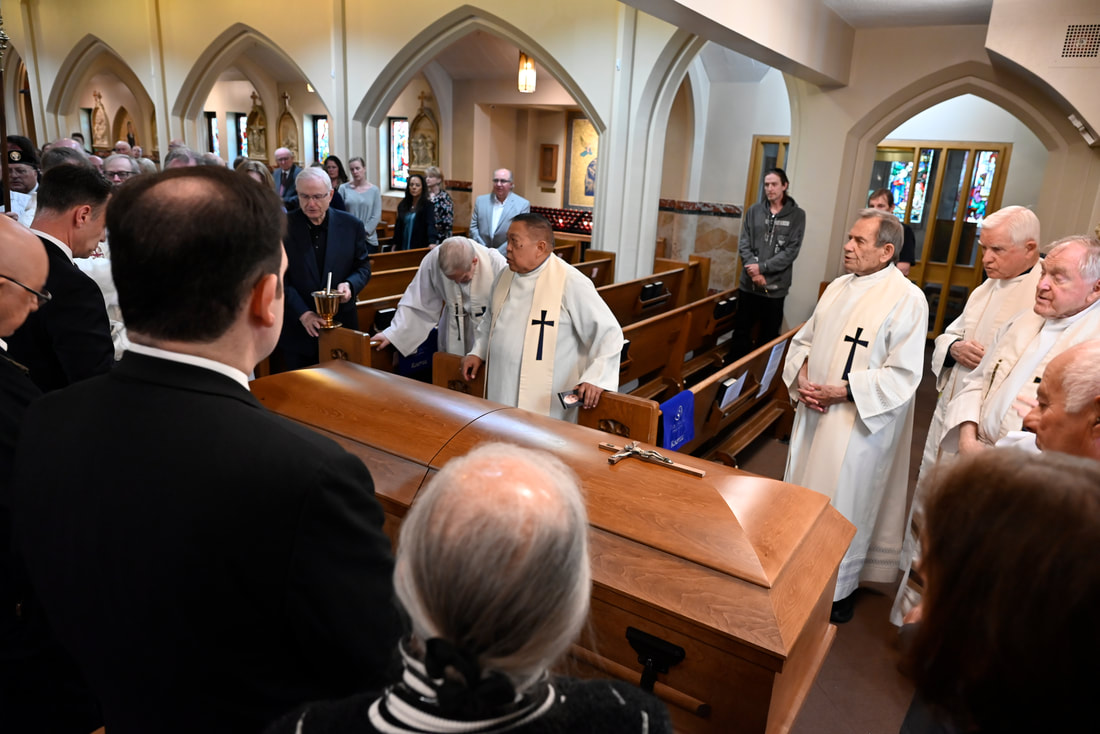
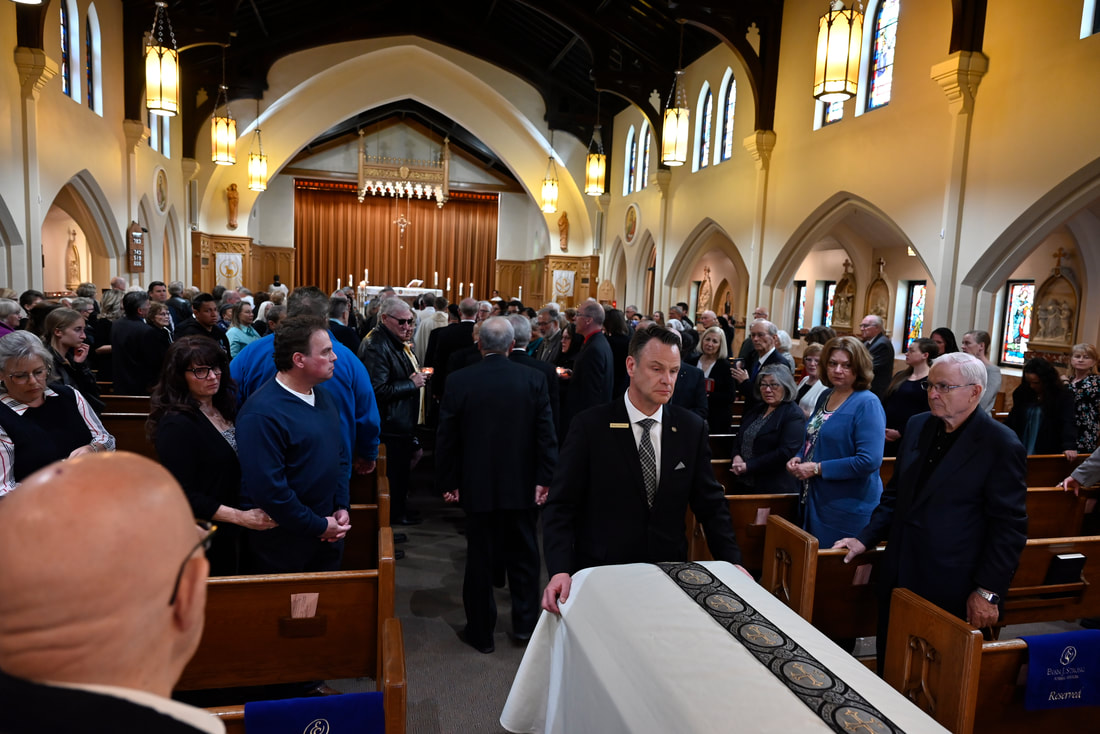
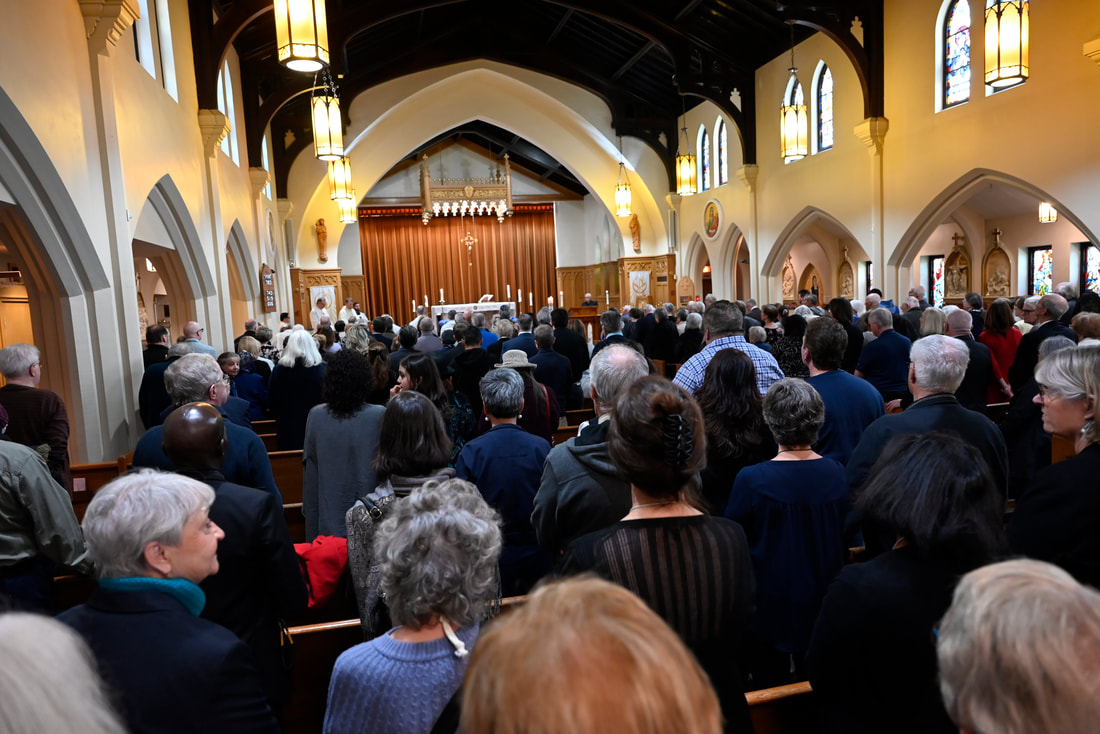
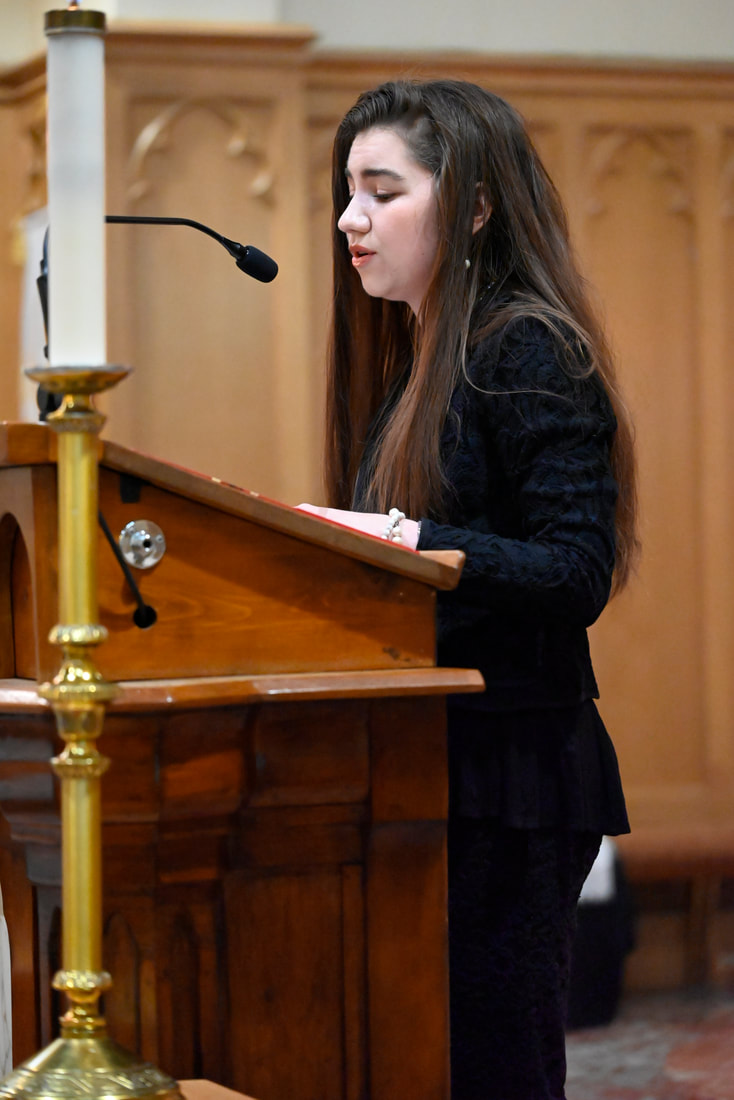
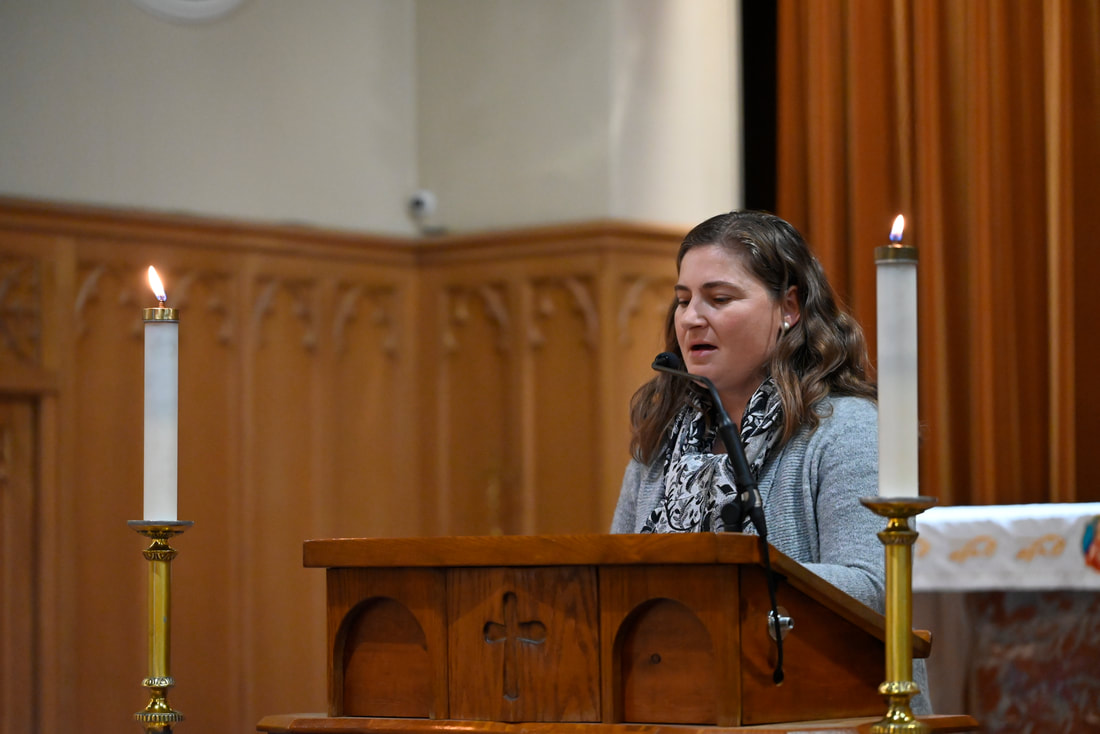
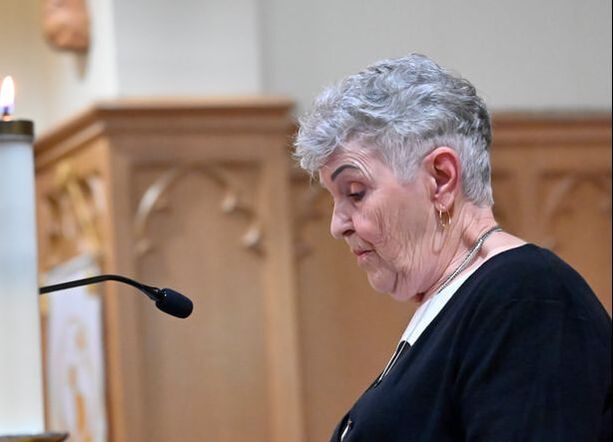
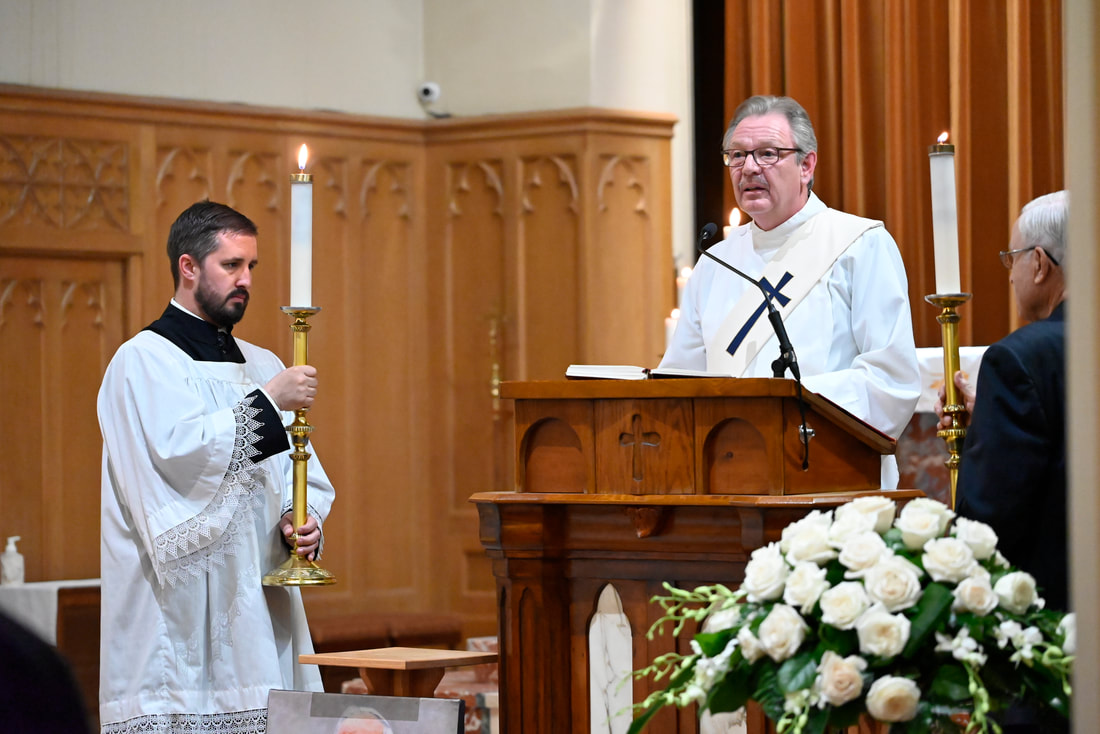
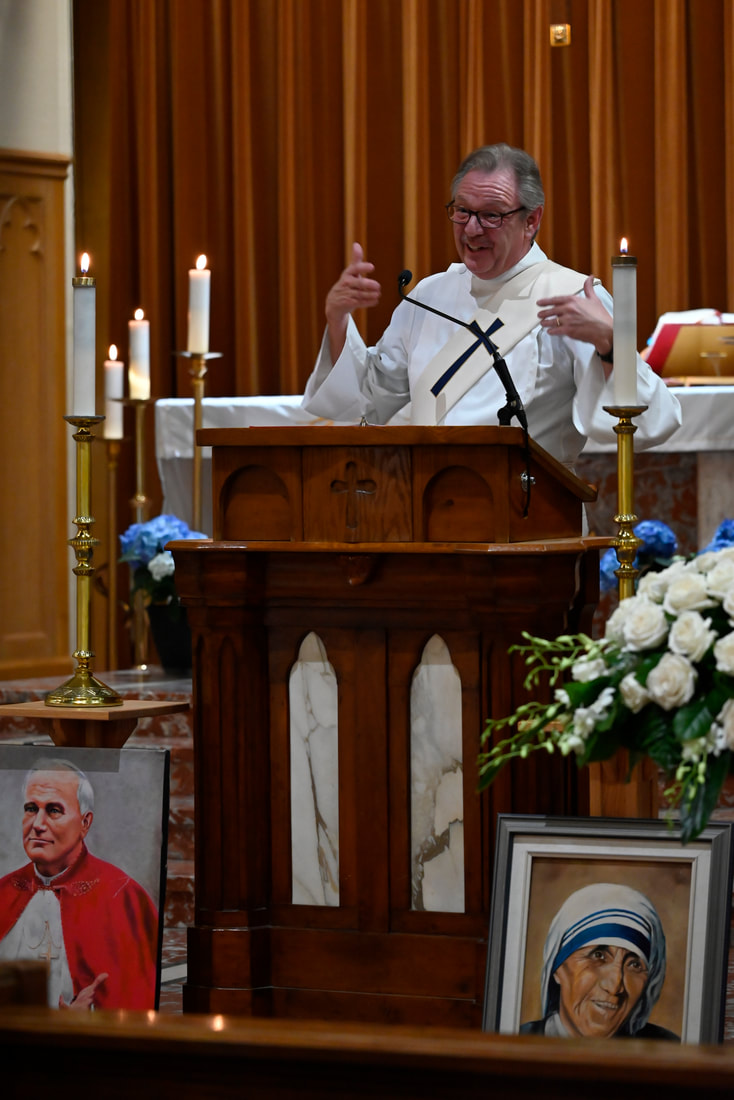
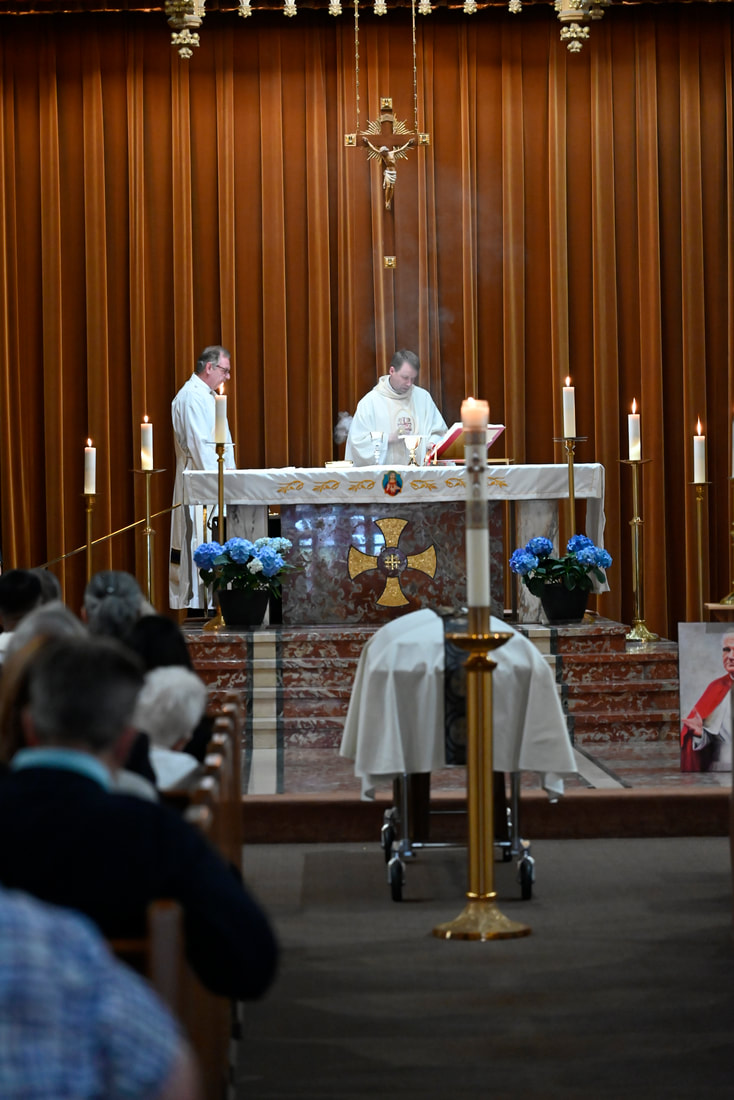
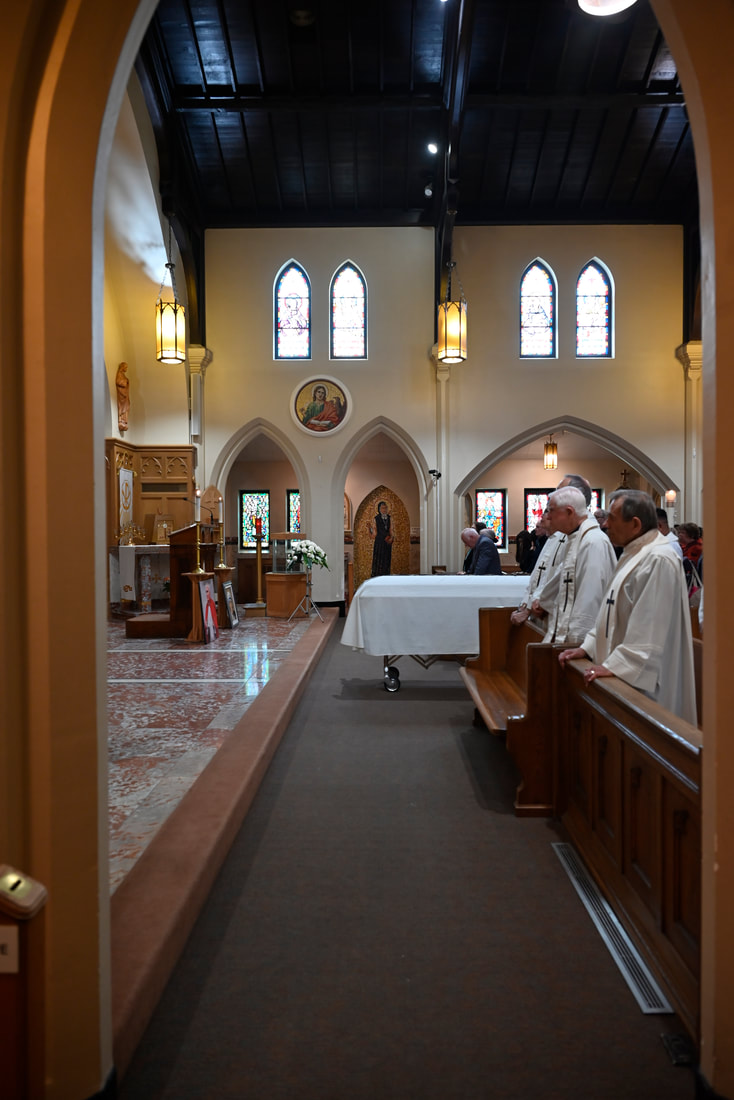
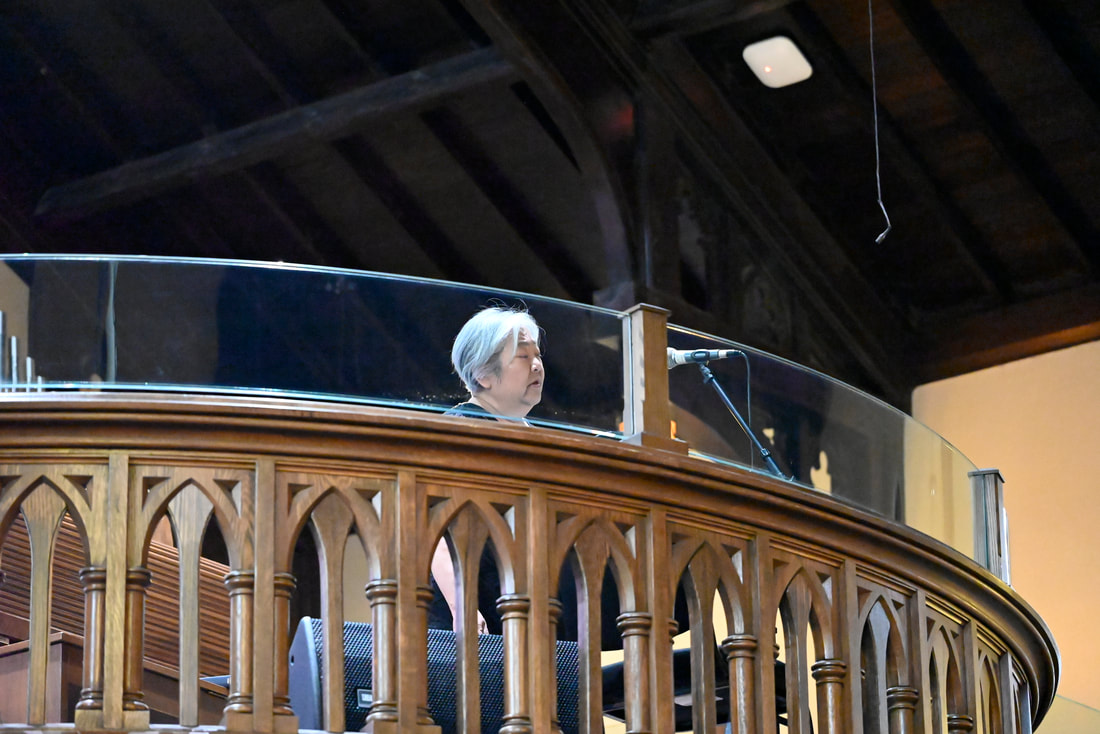
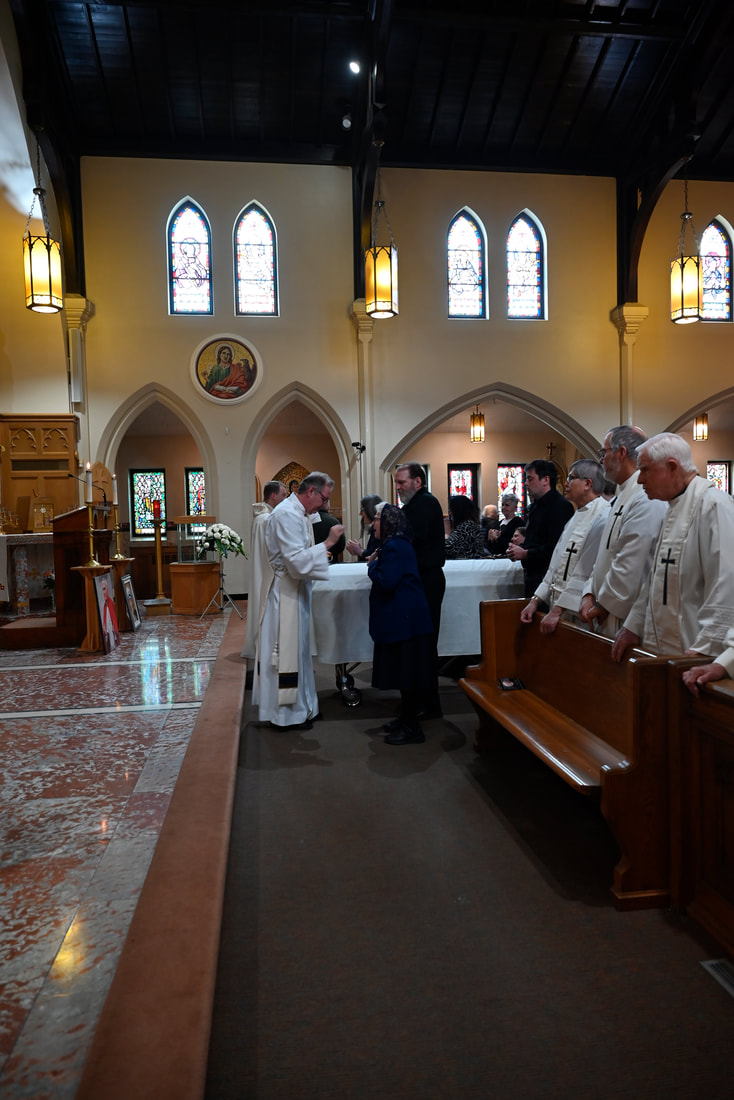
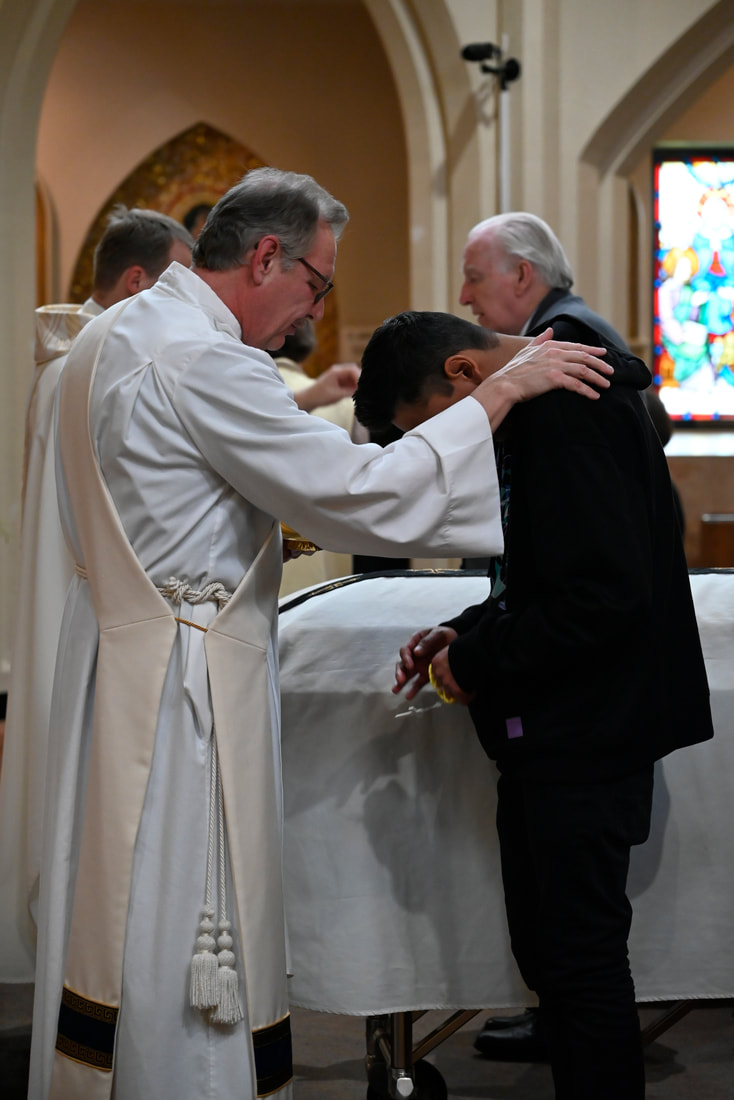
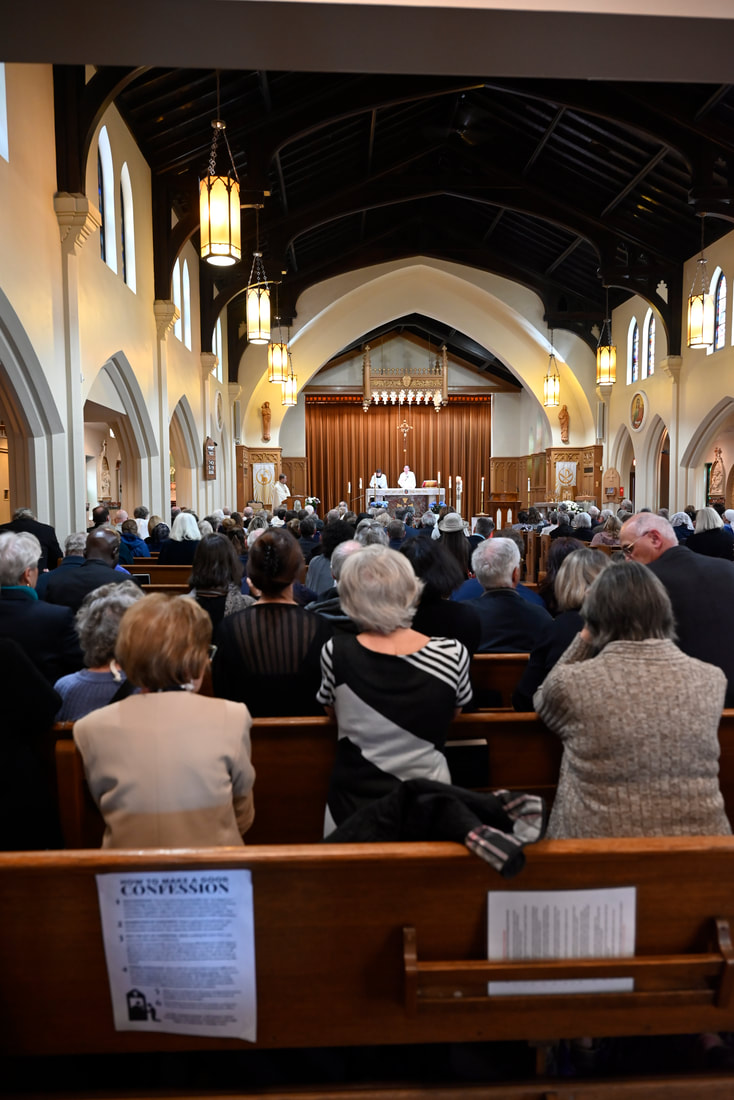
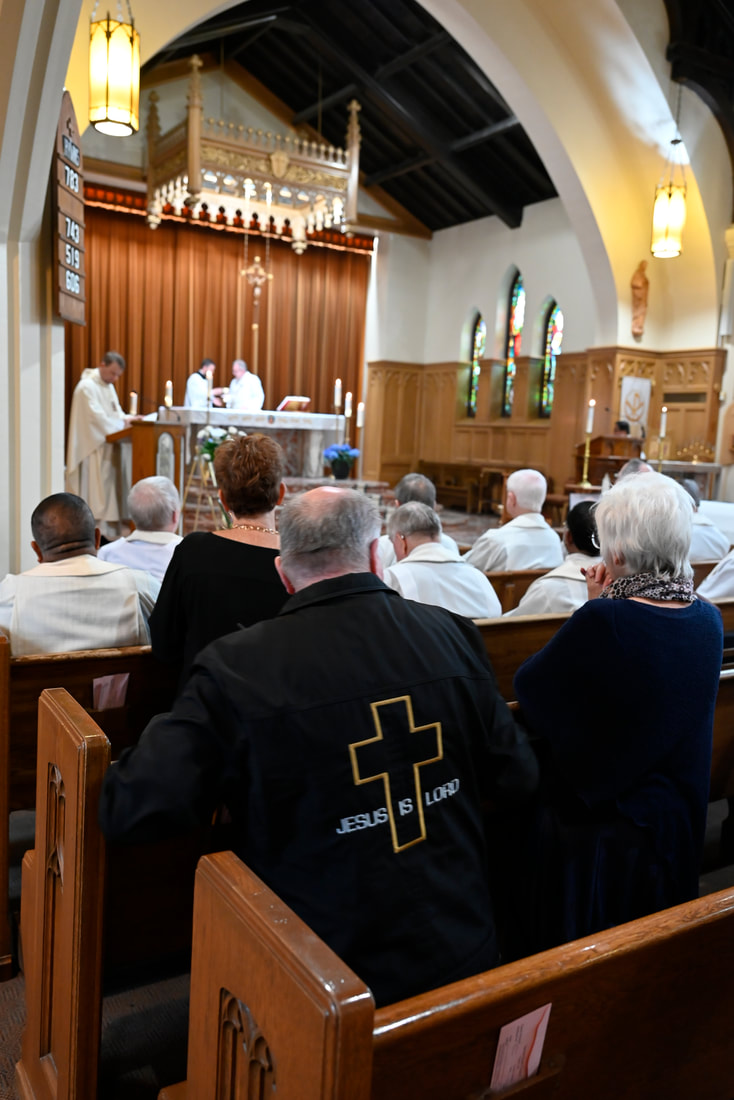
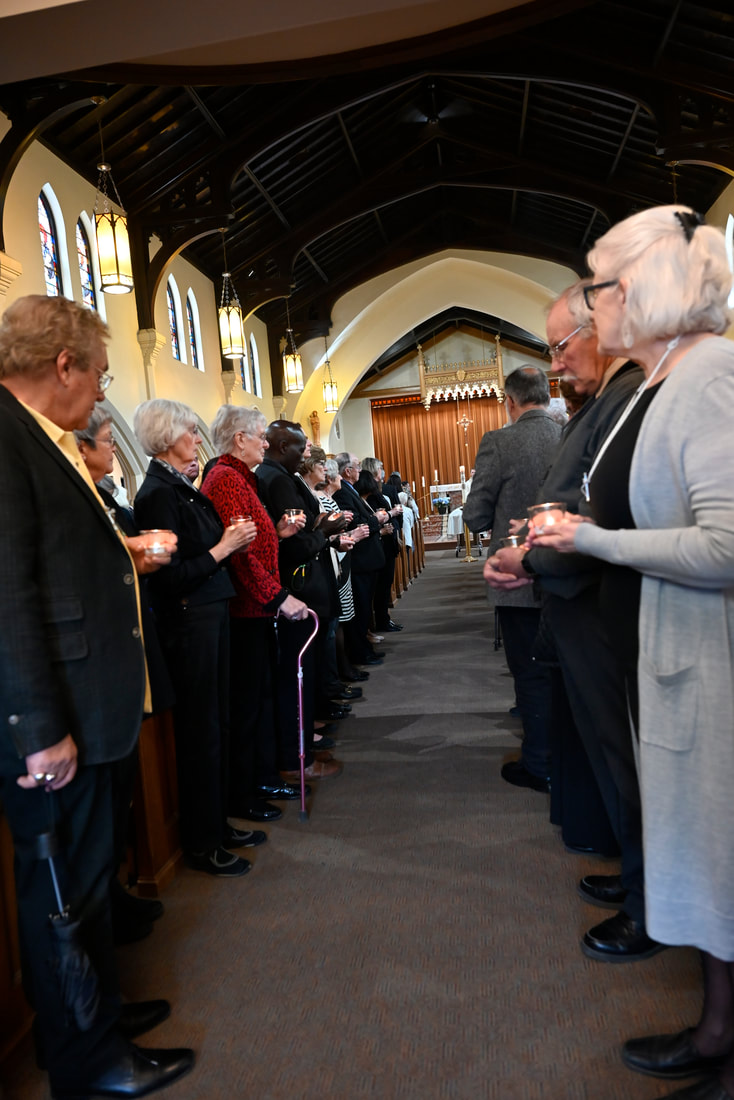
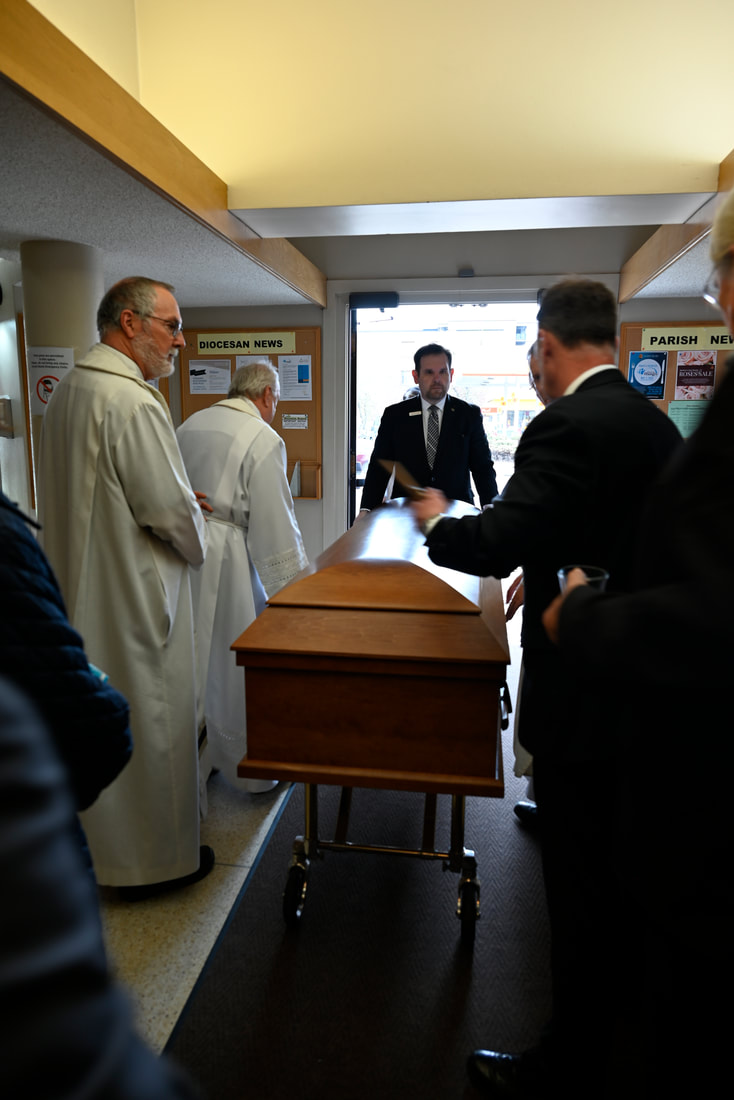
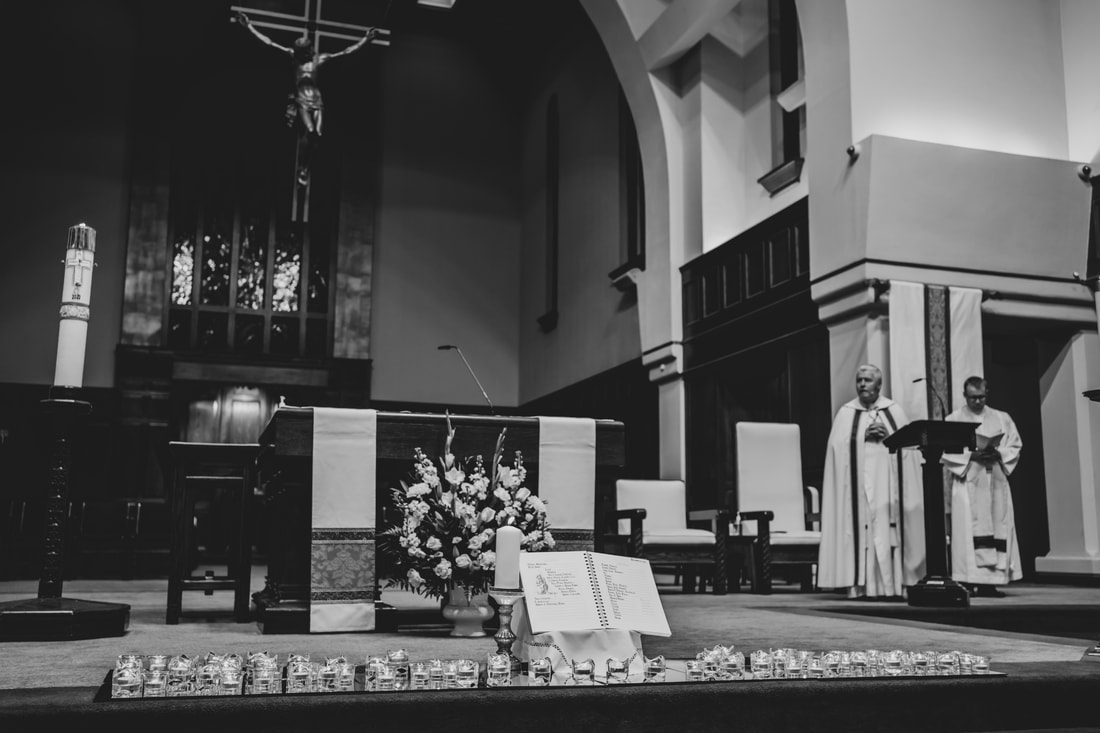
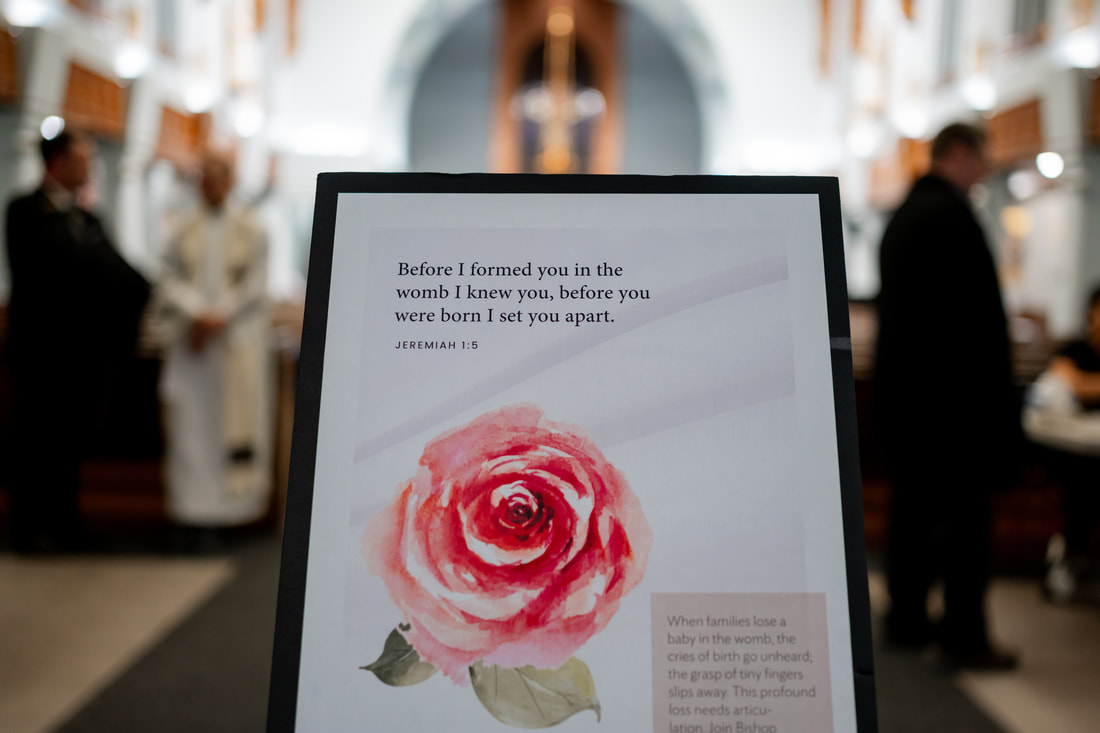
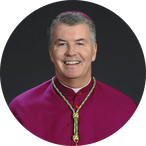
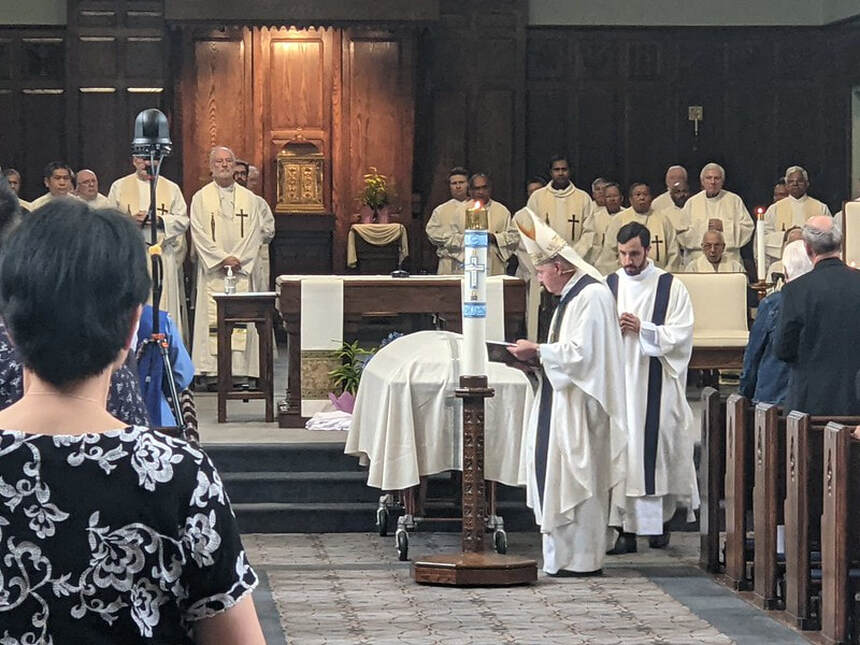
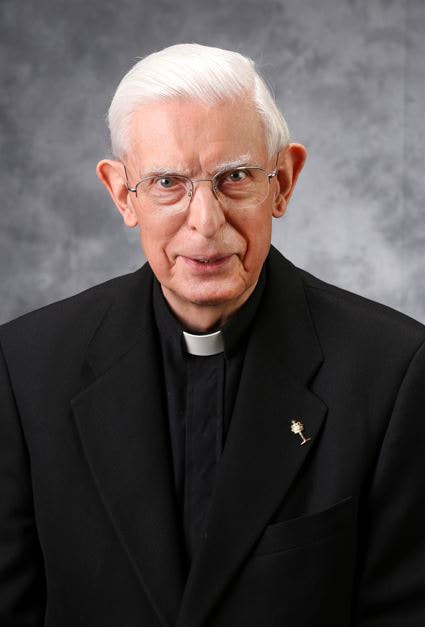
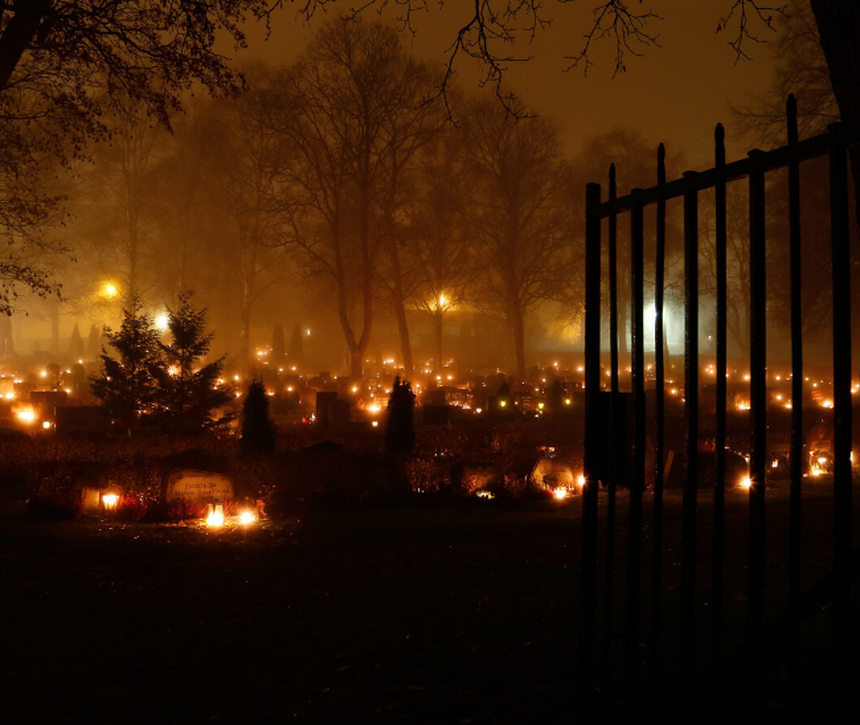
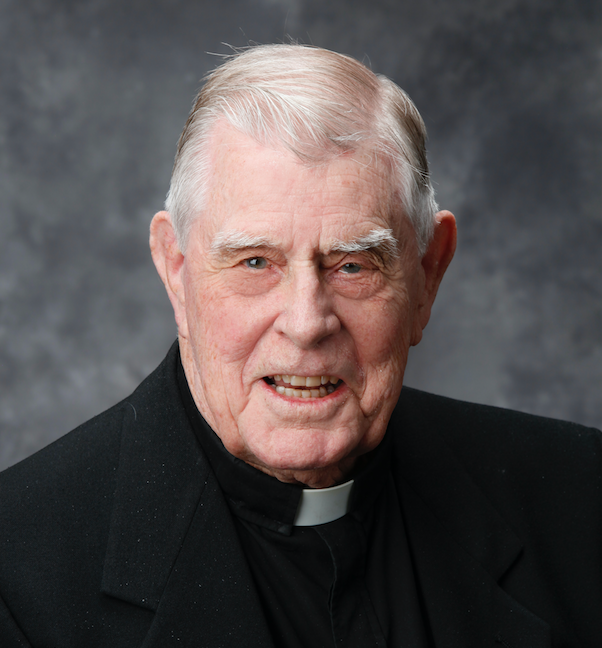
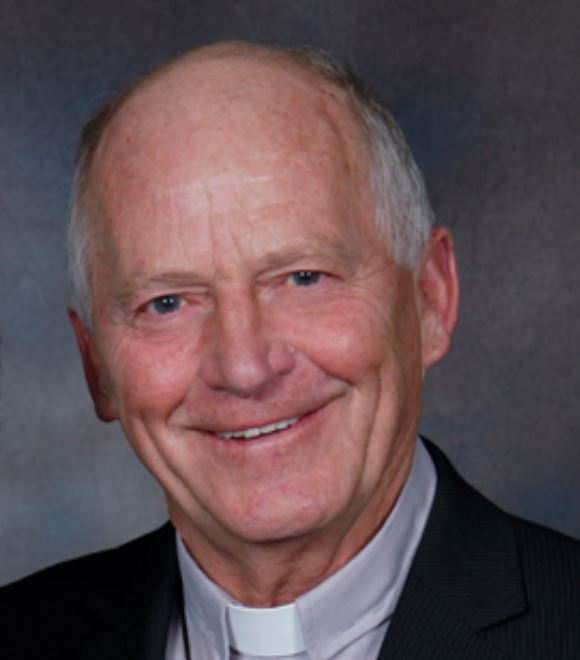
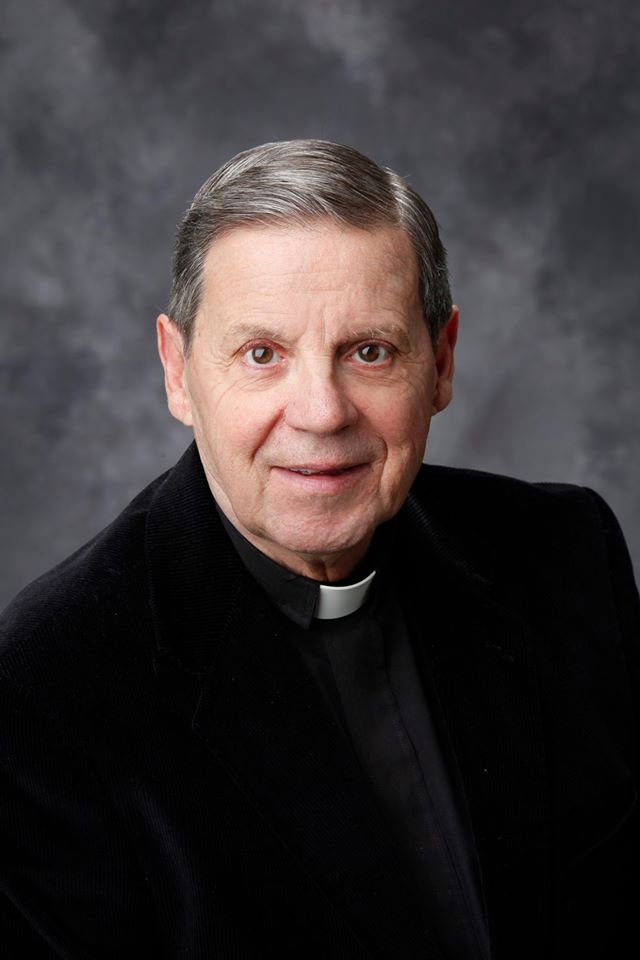
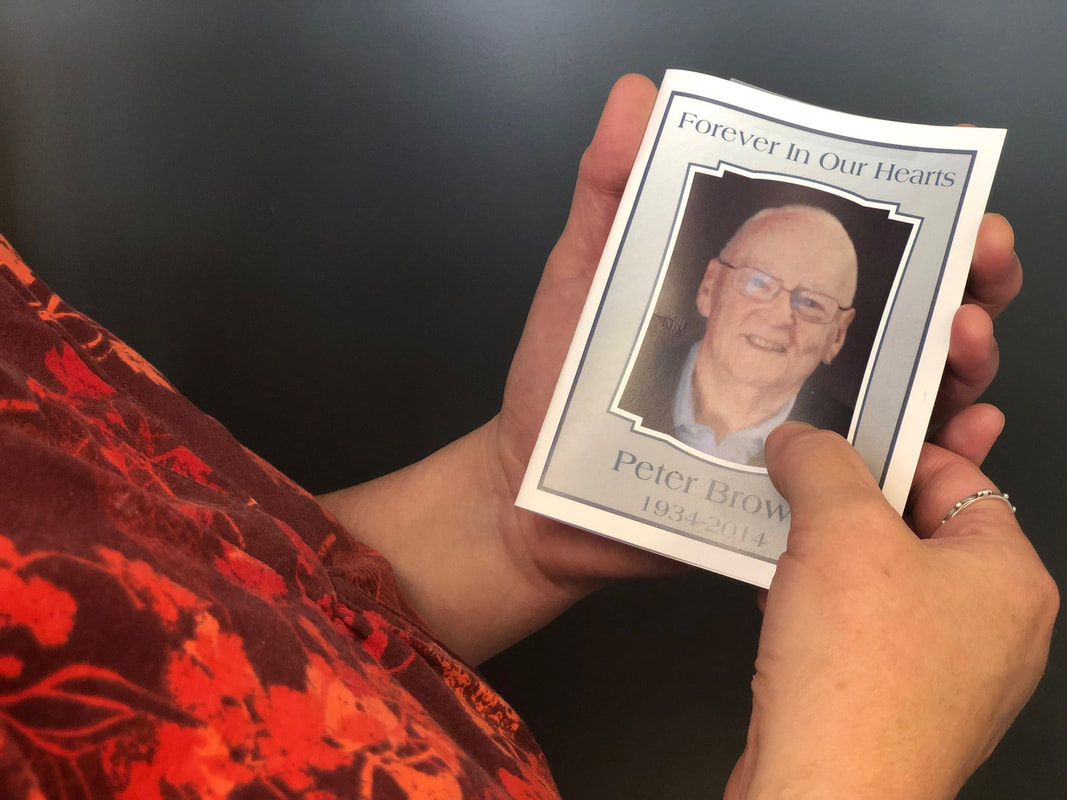
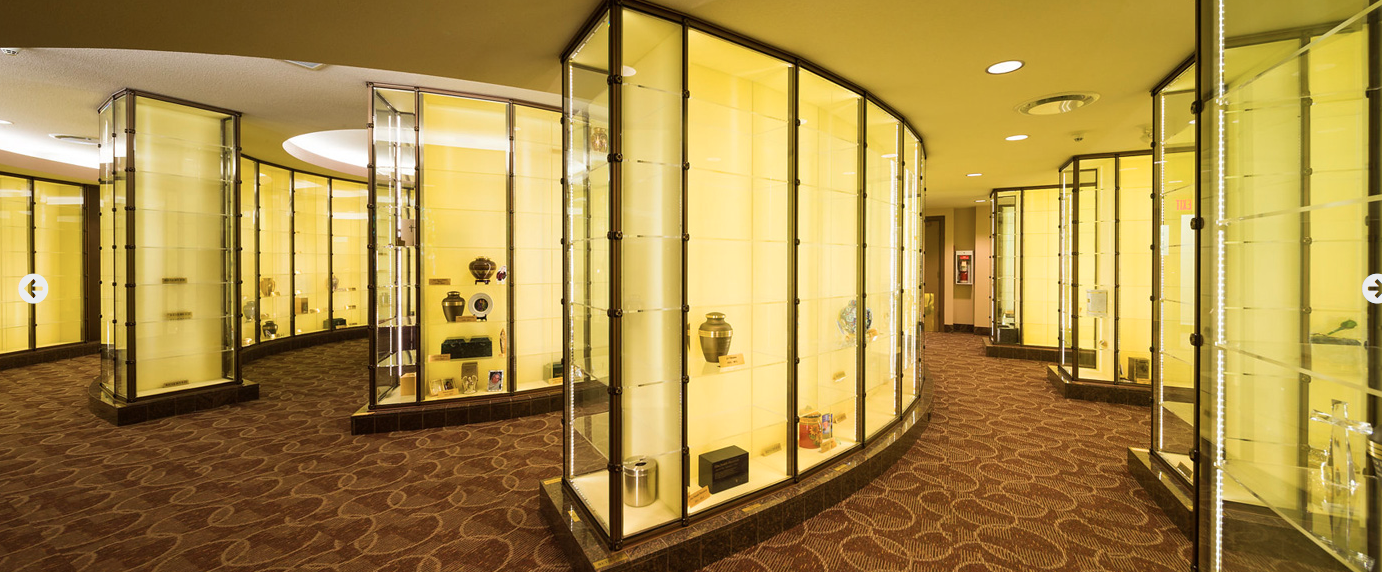
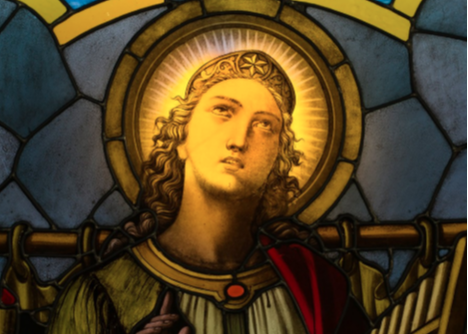
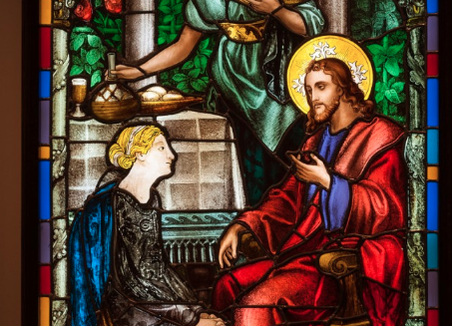
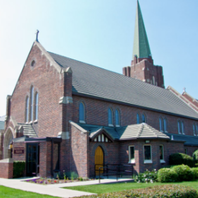
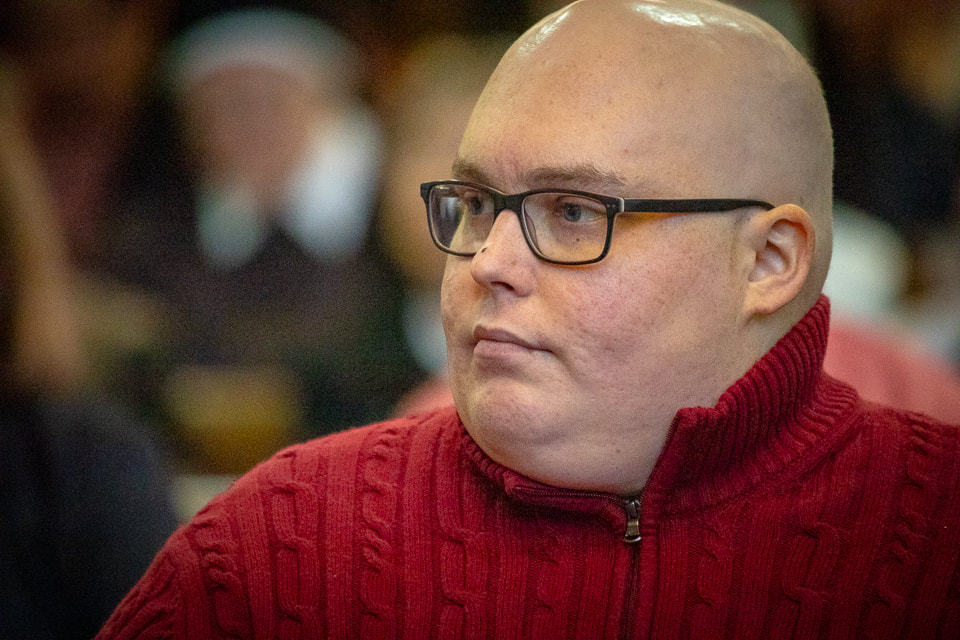
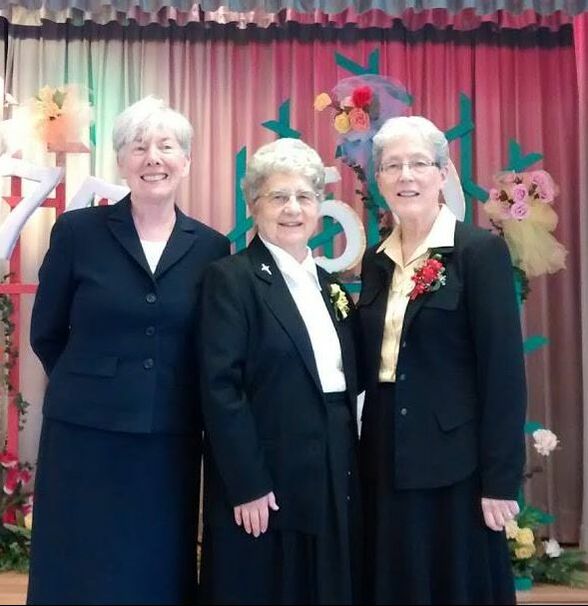
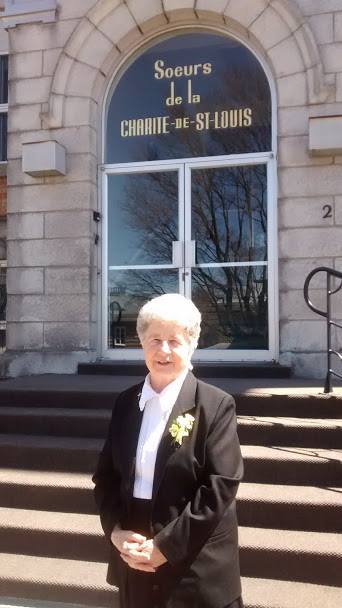
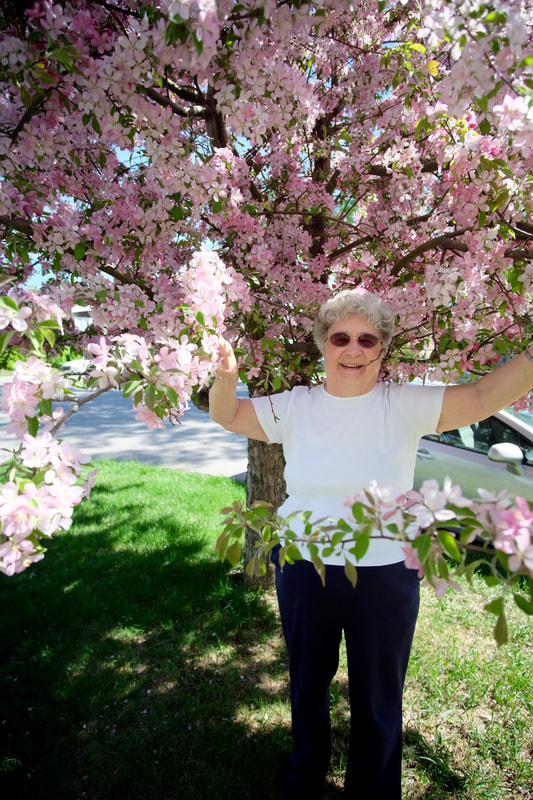
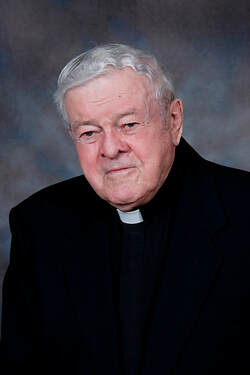
 RSS Feed
RSS Feed